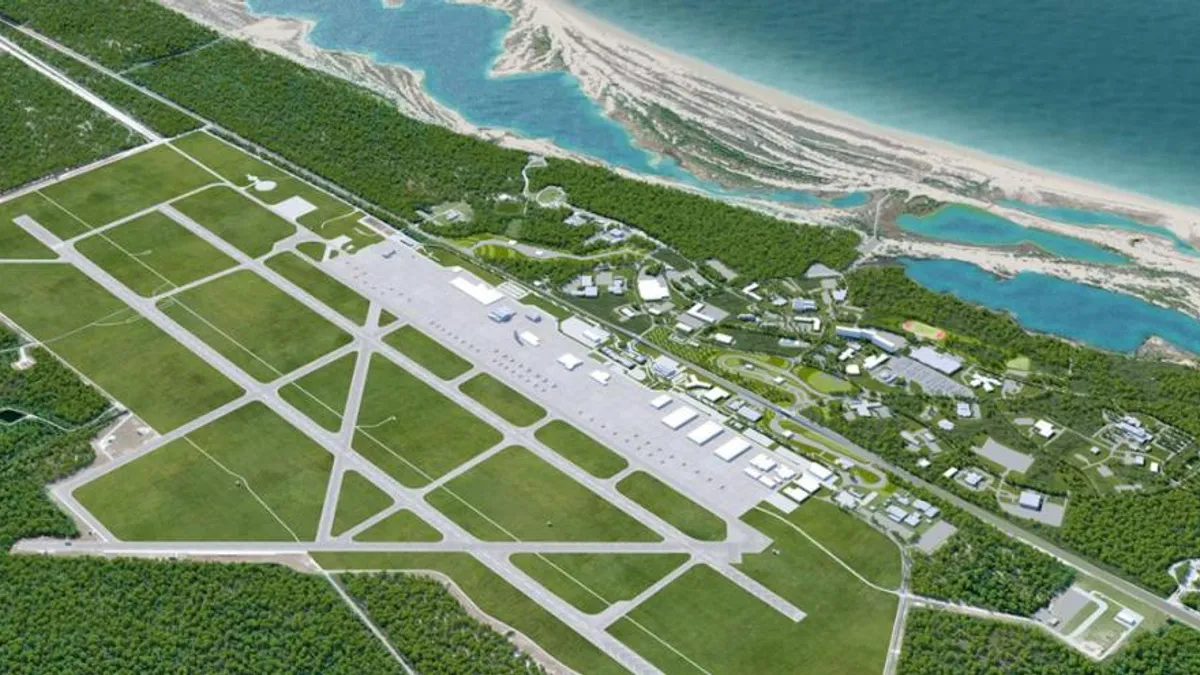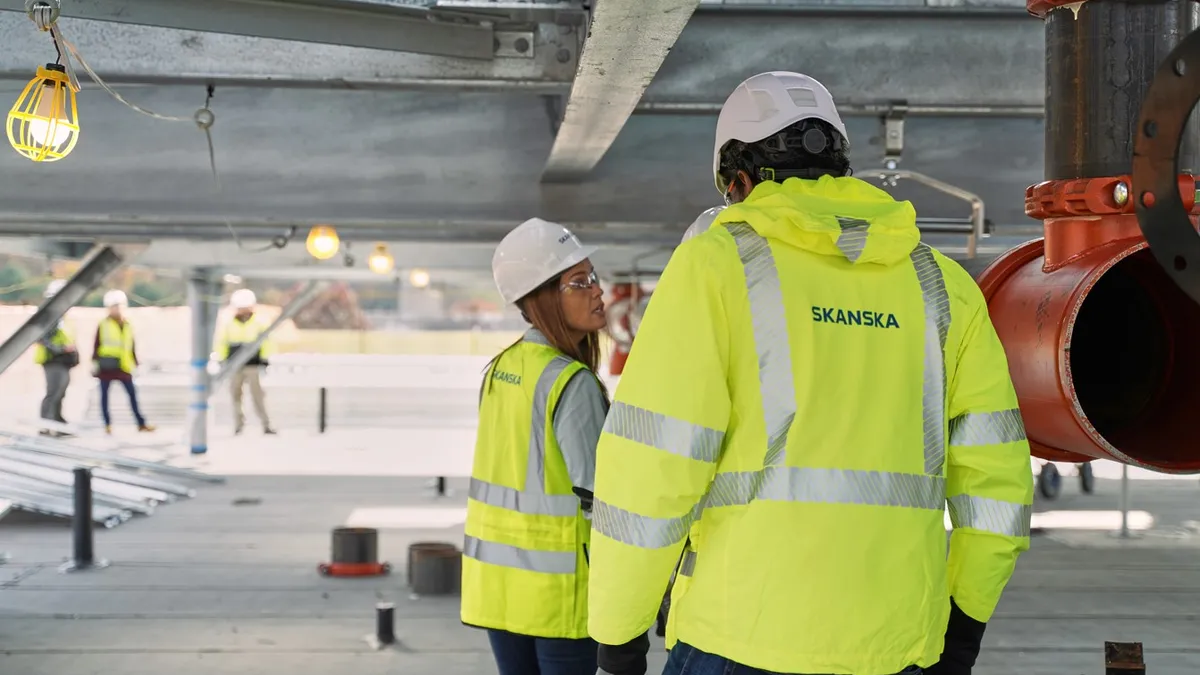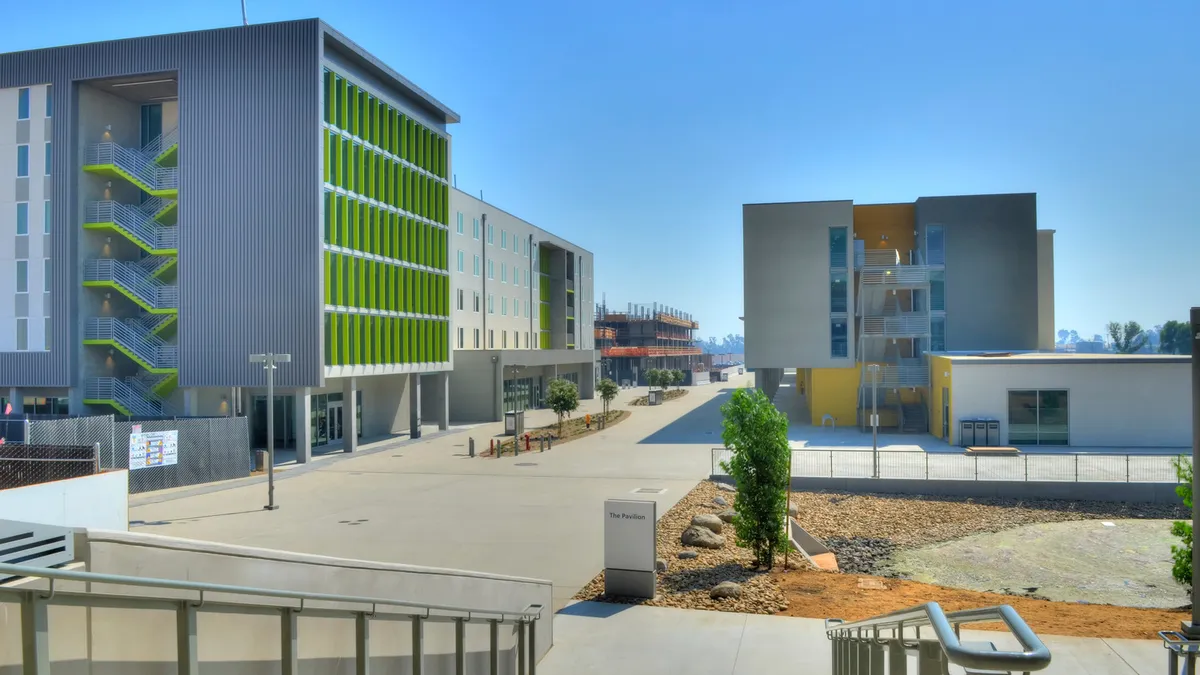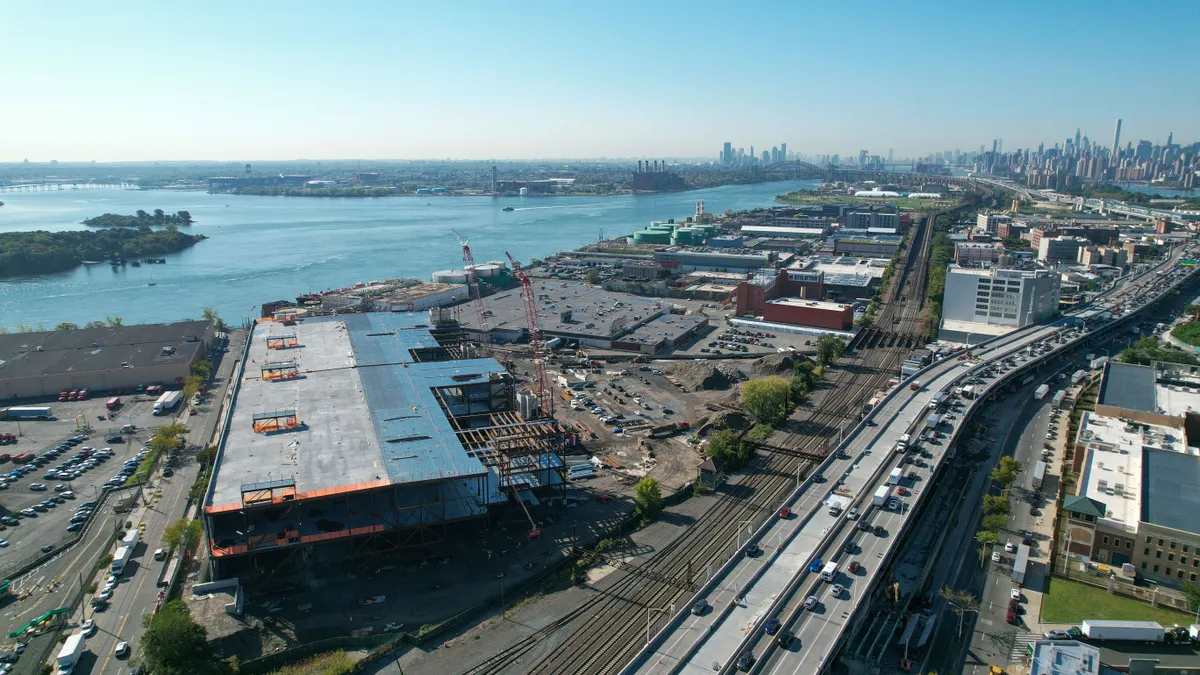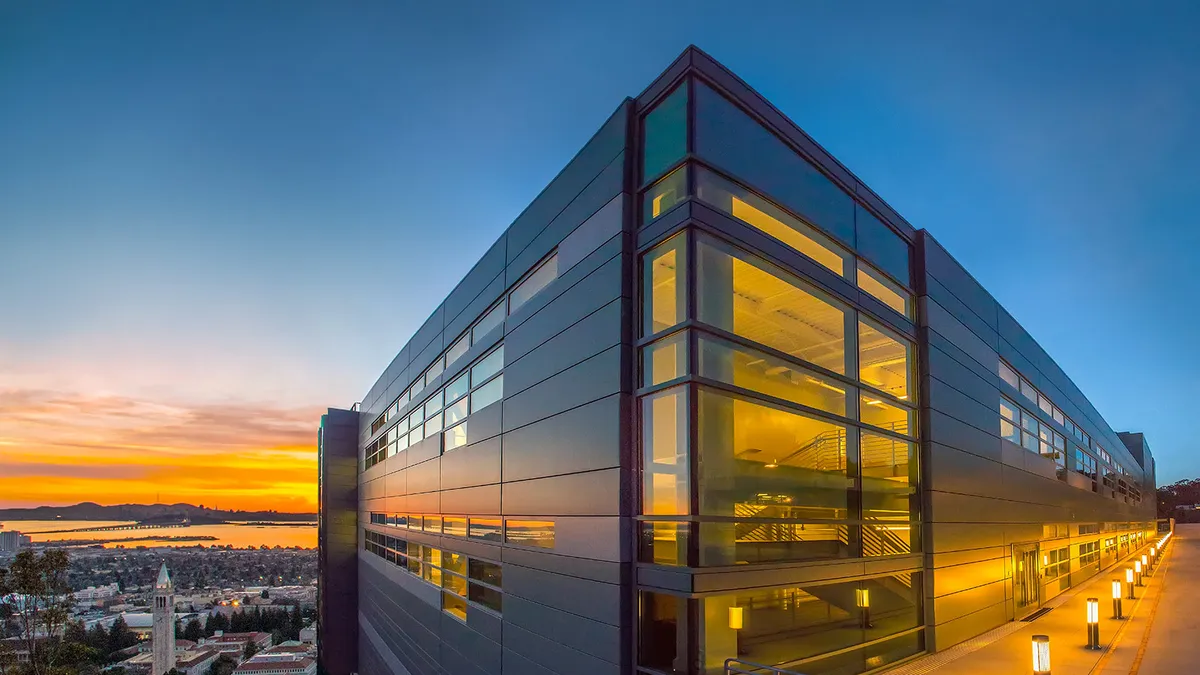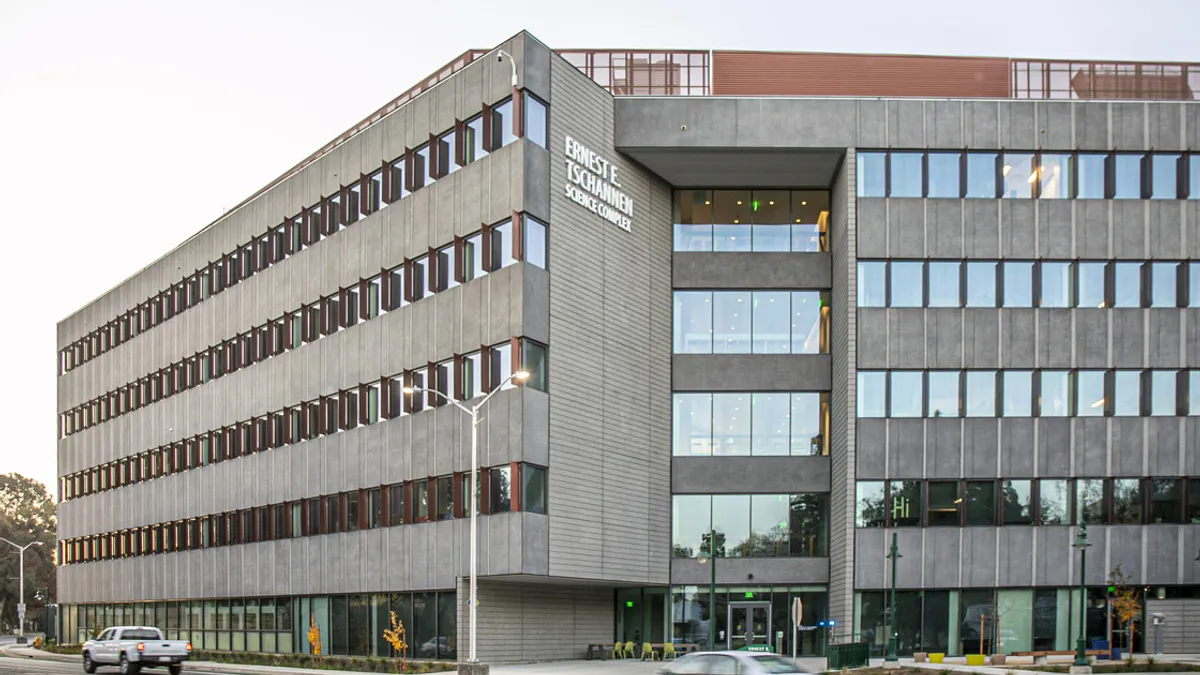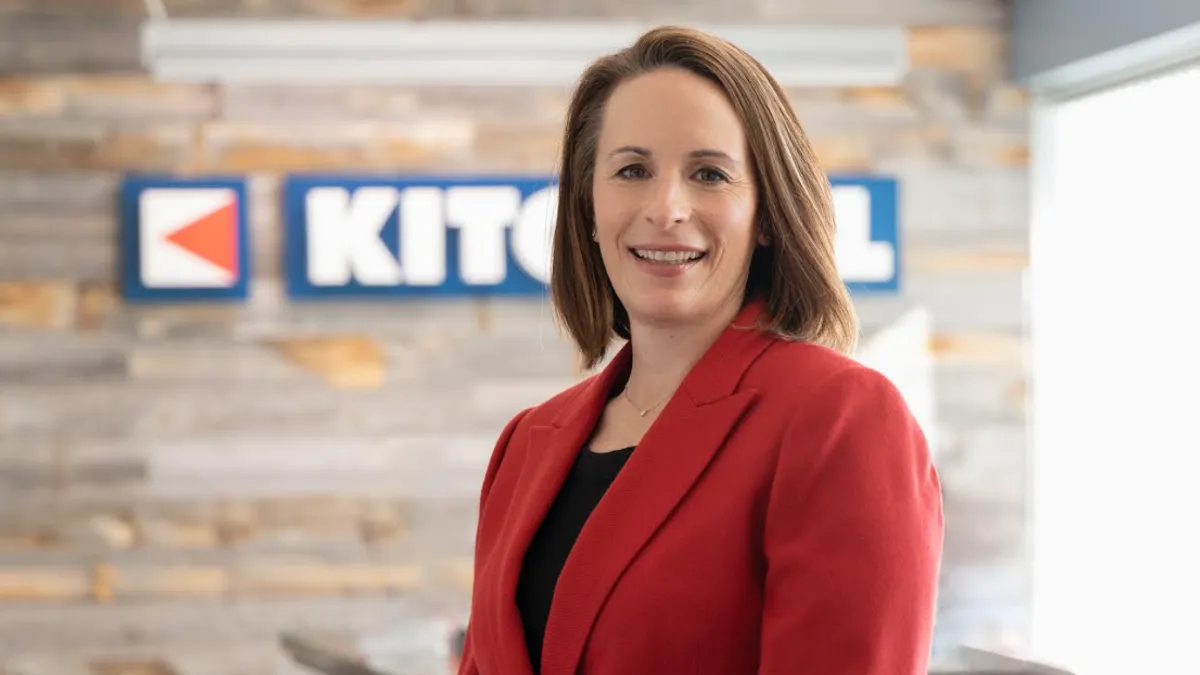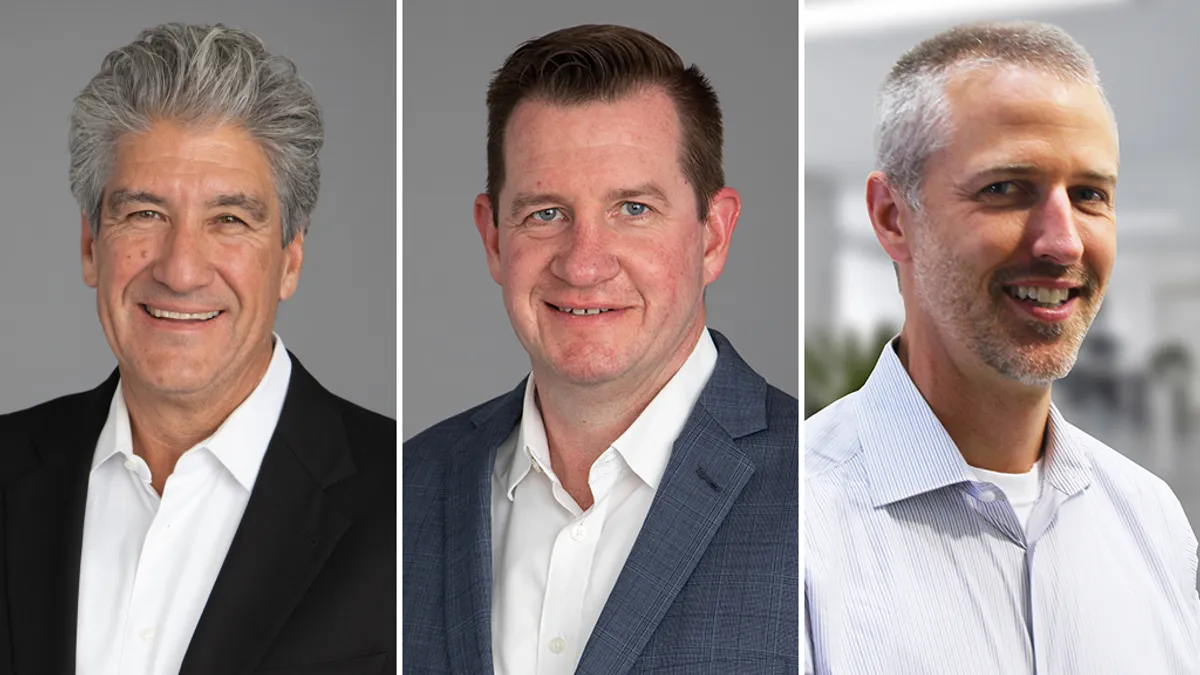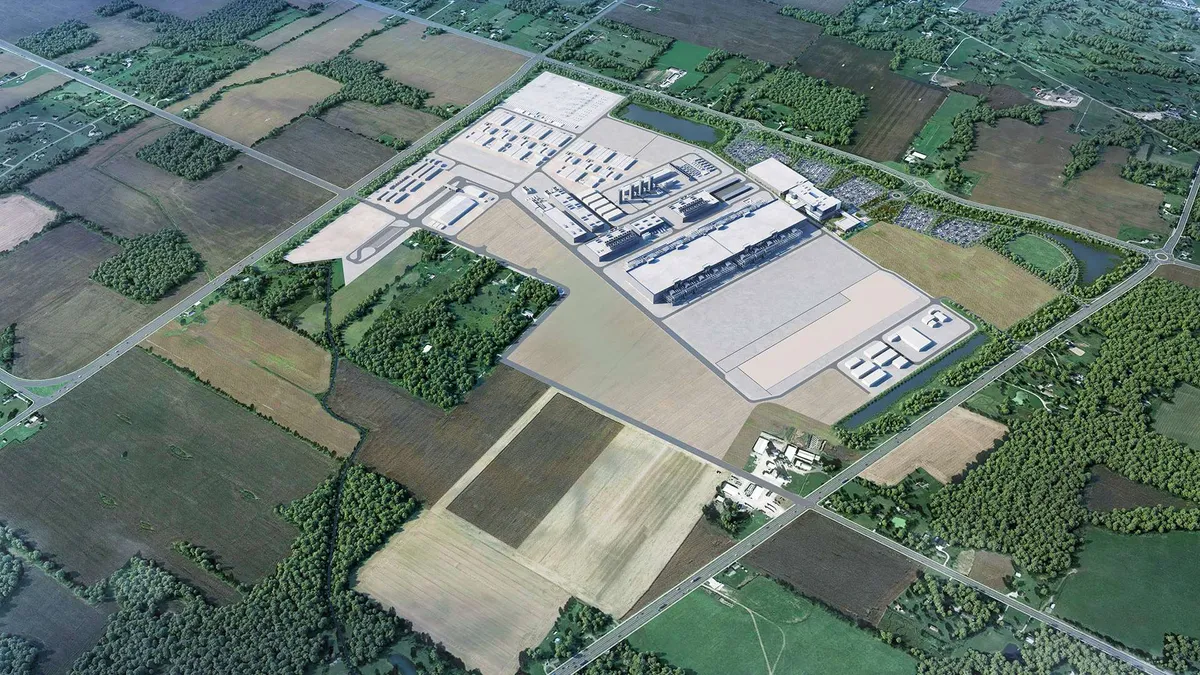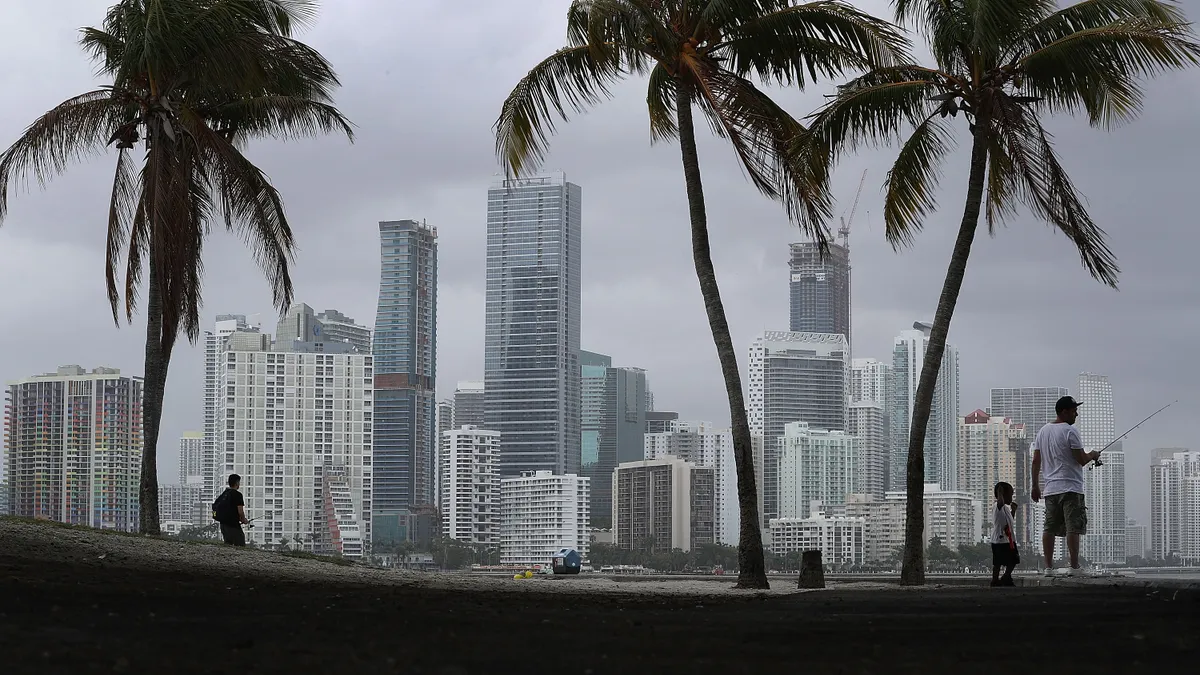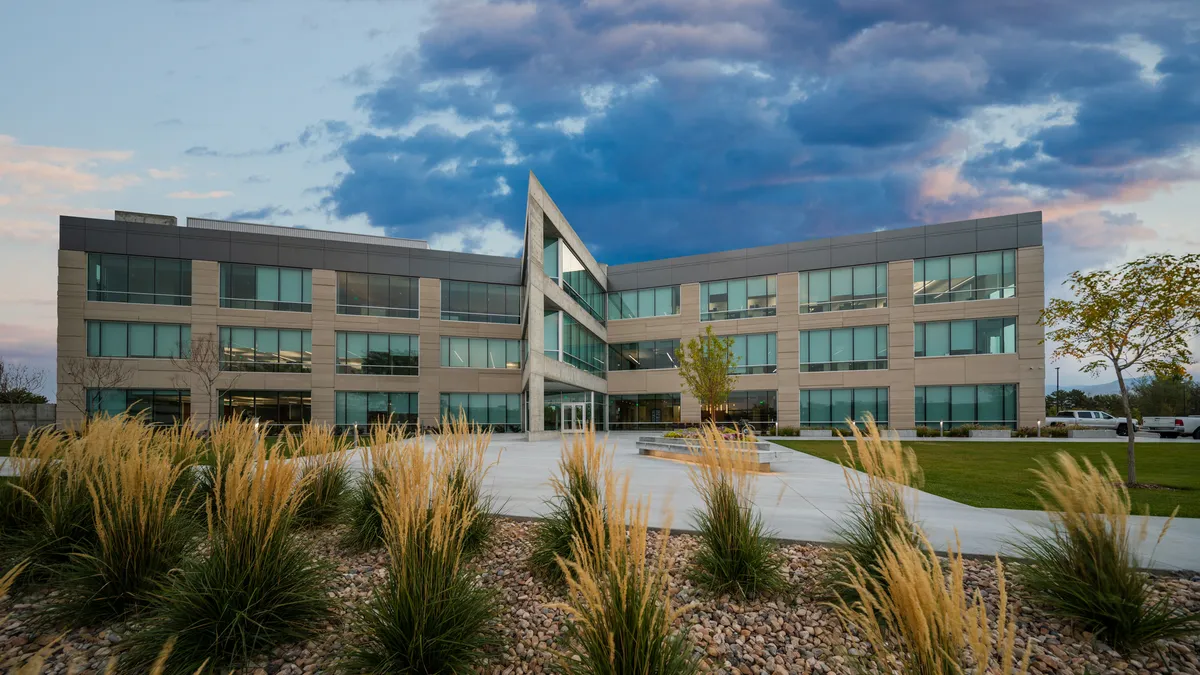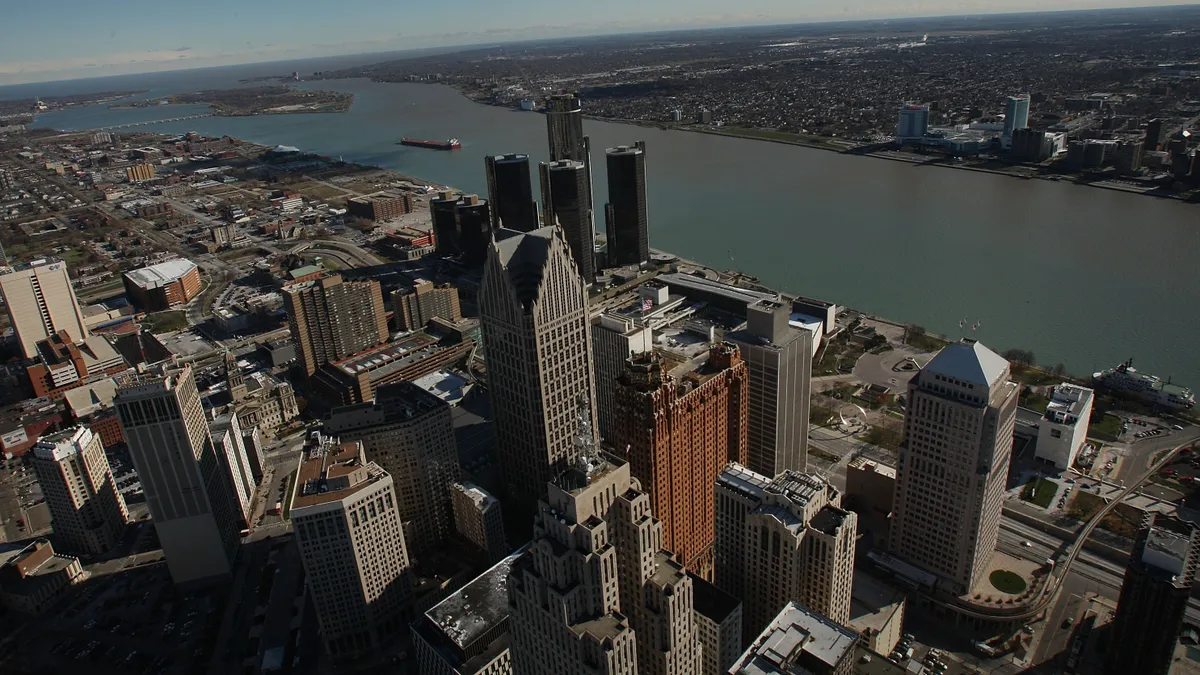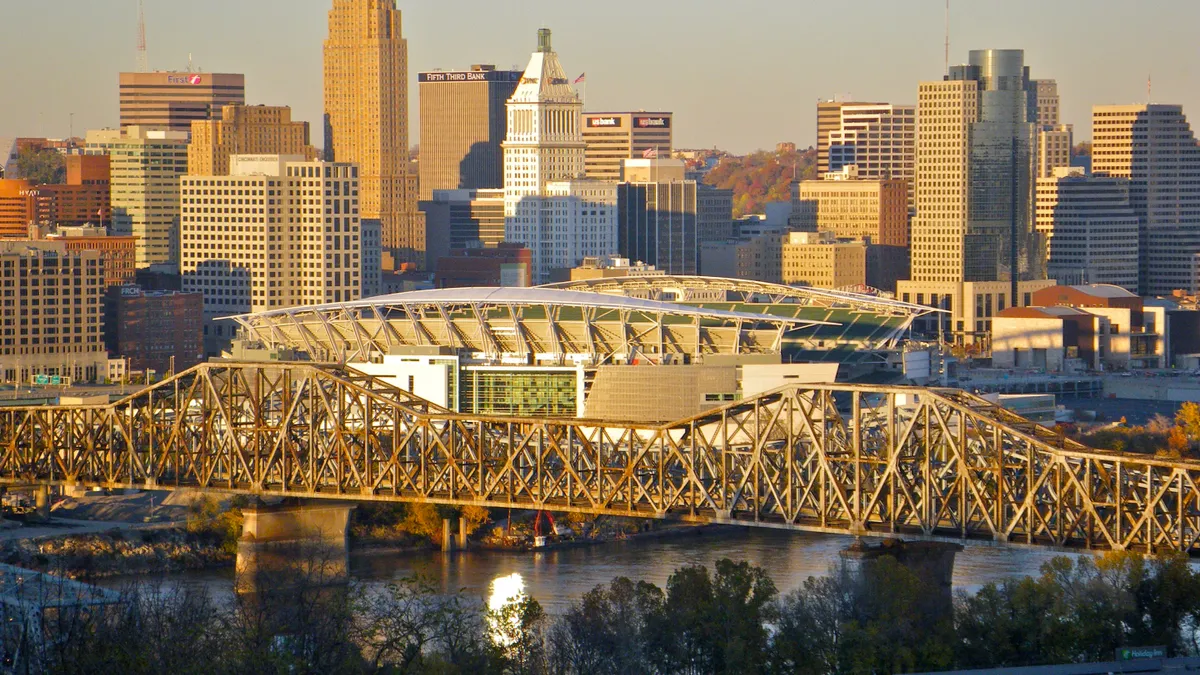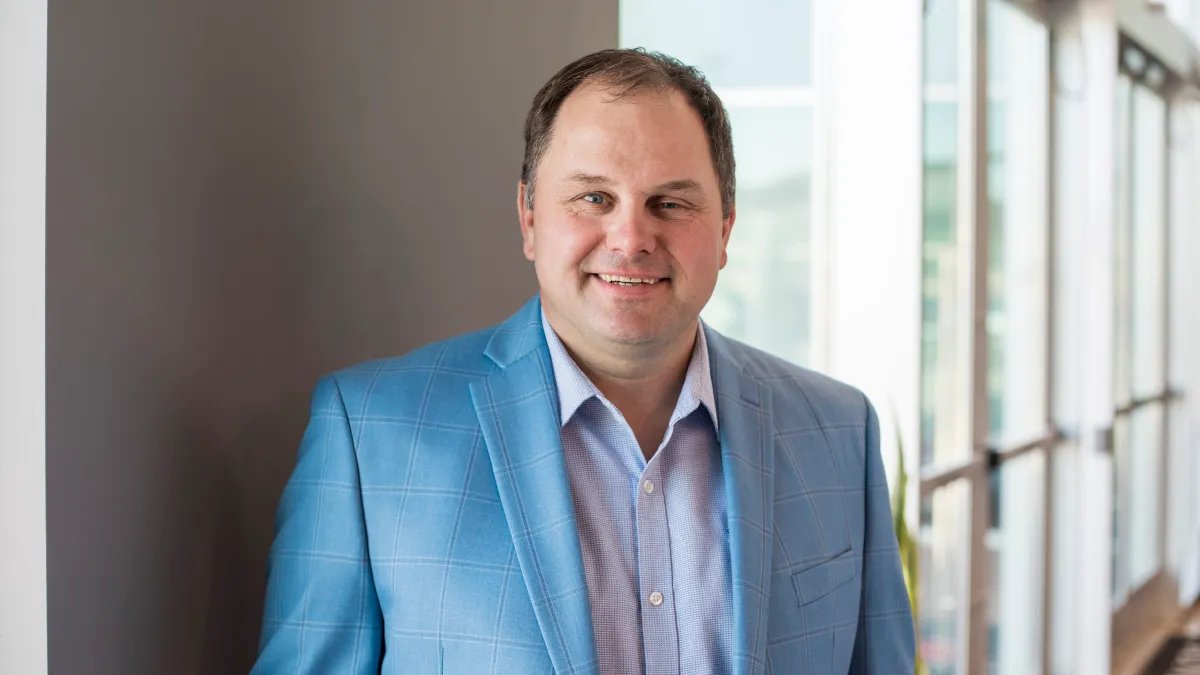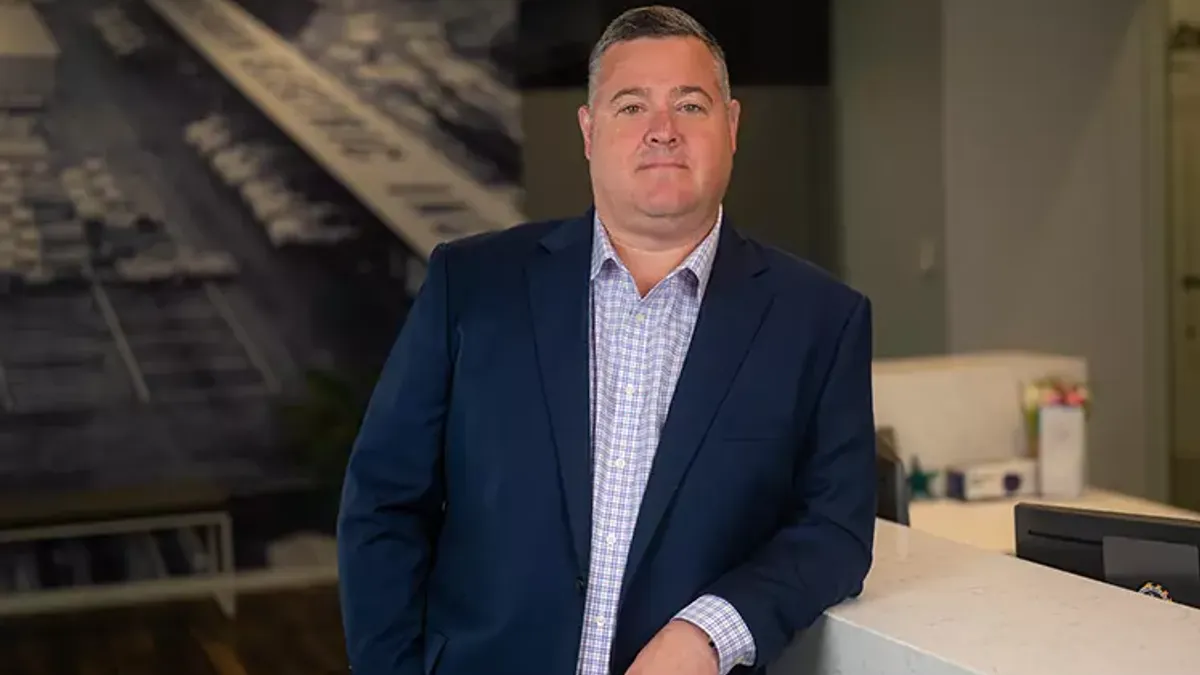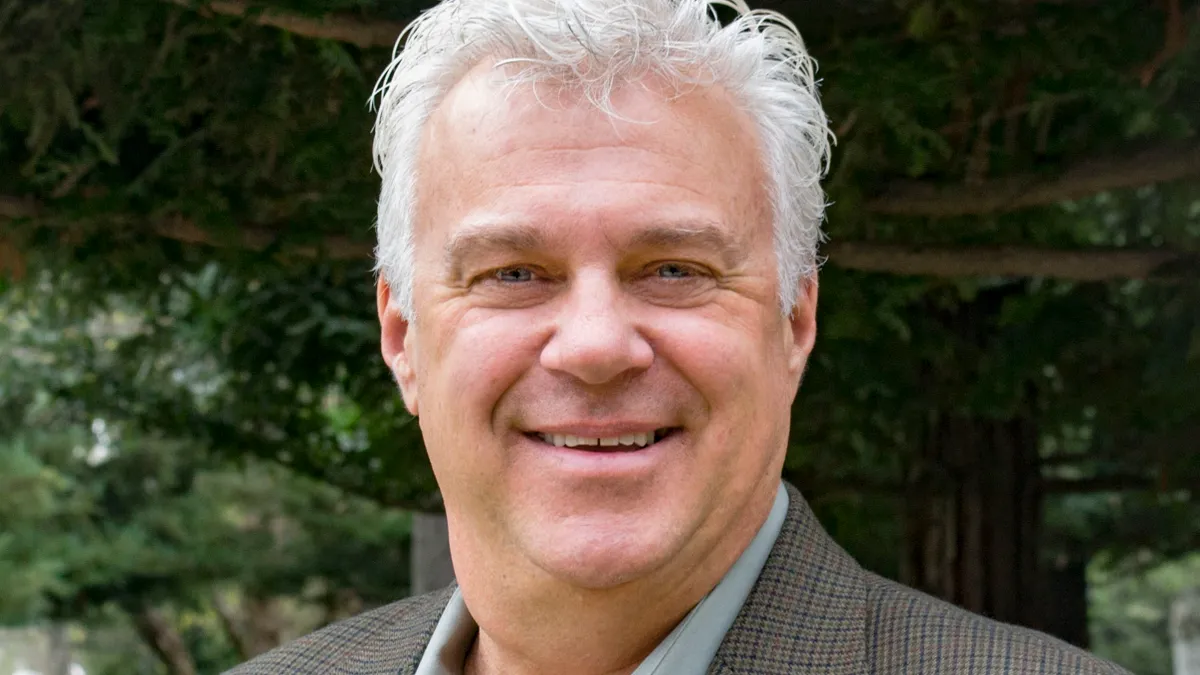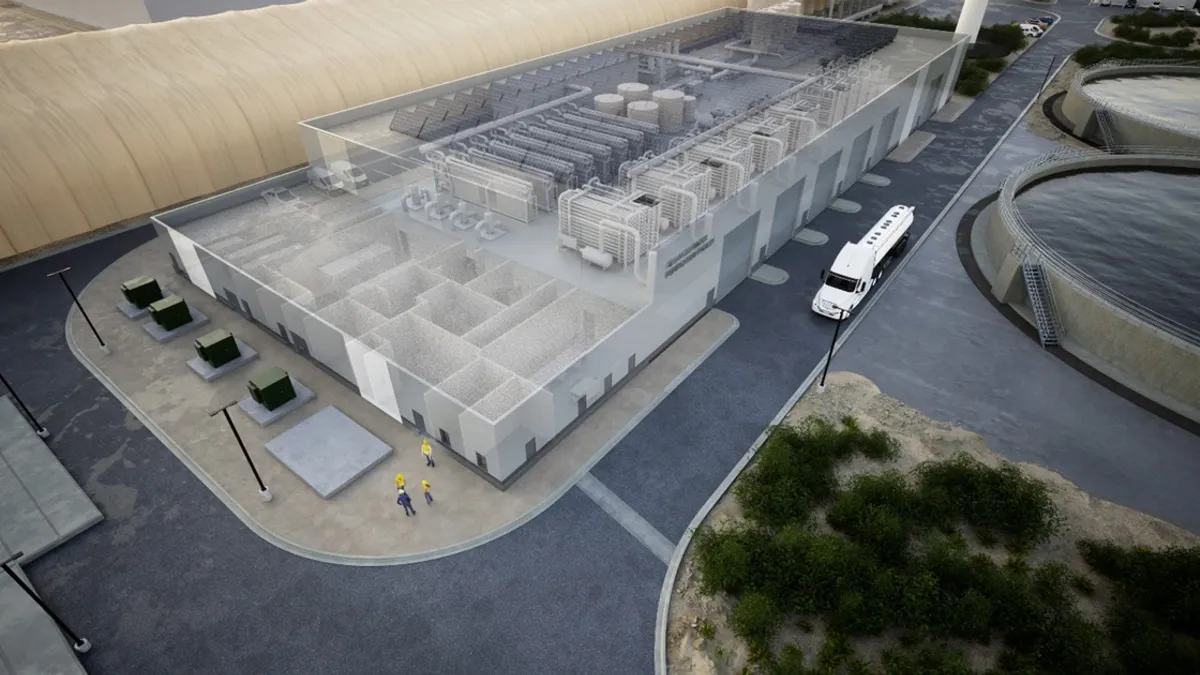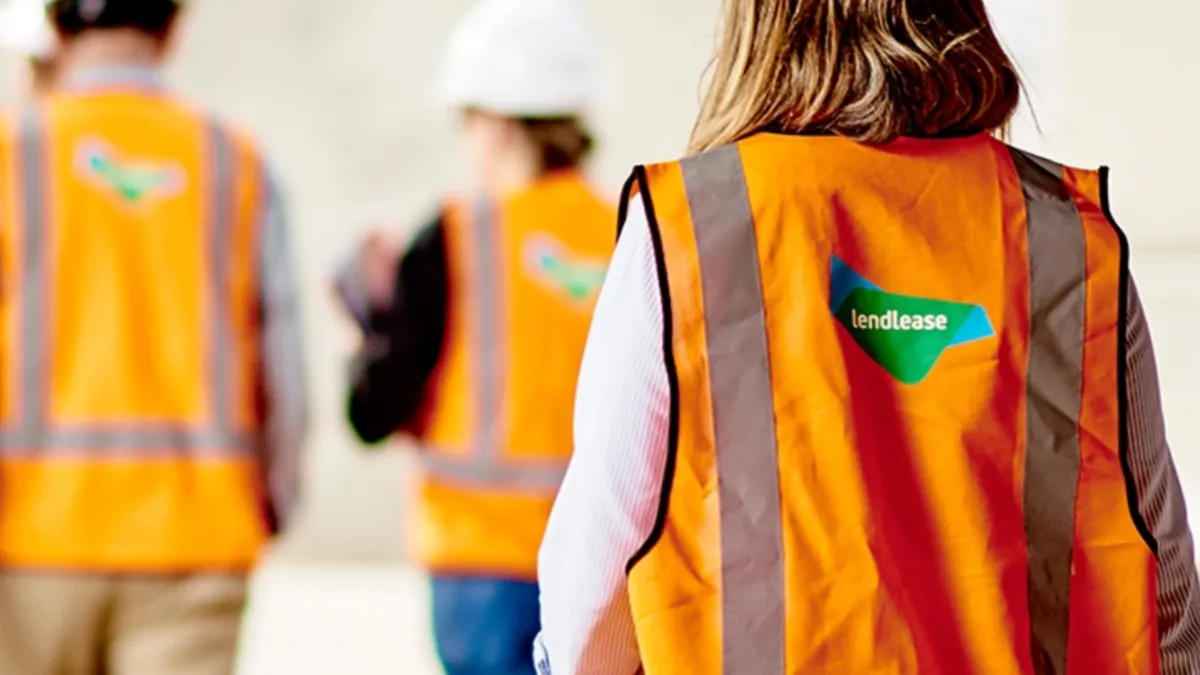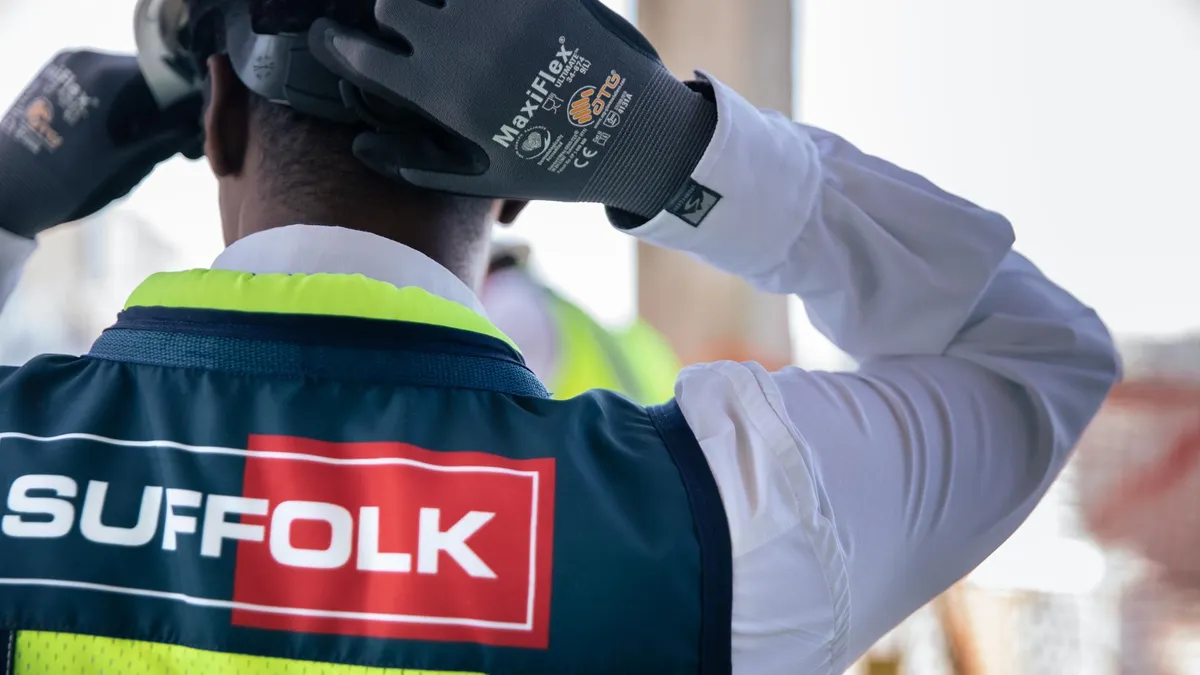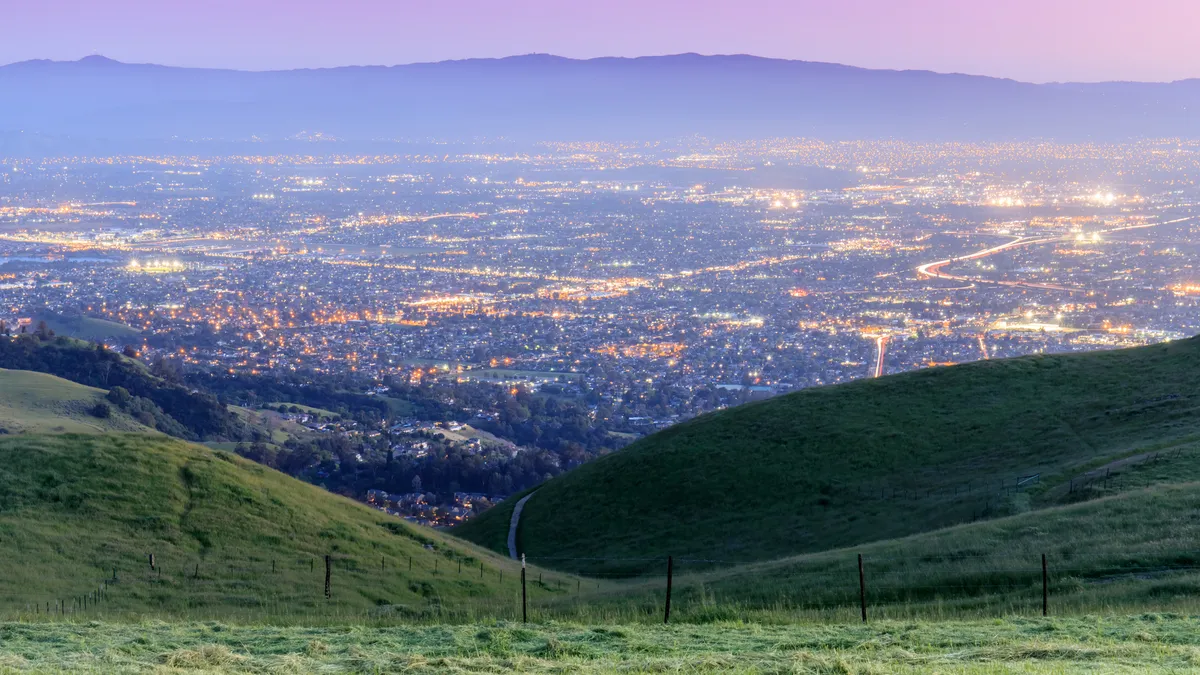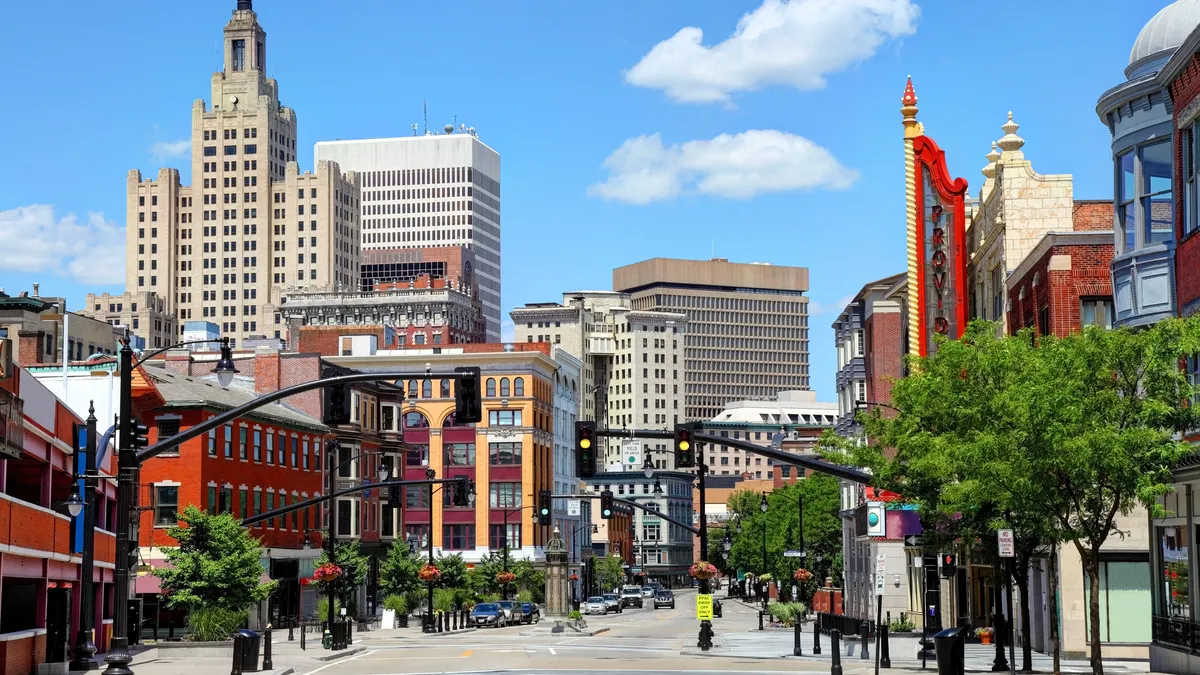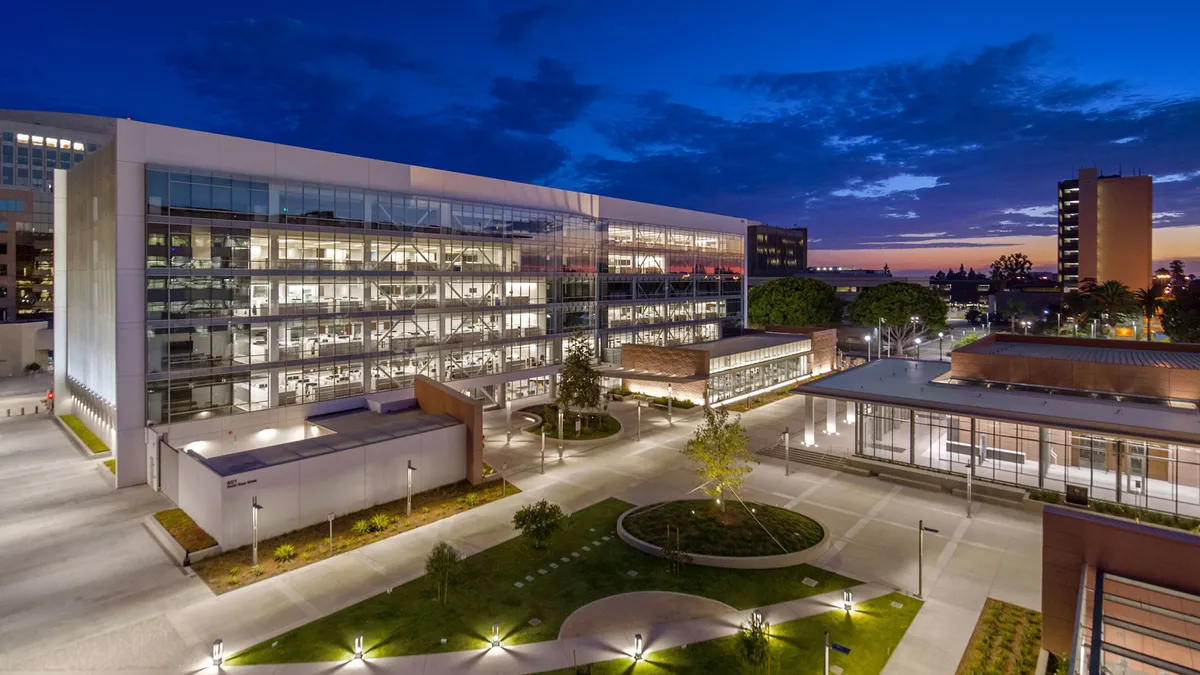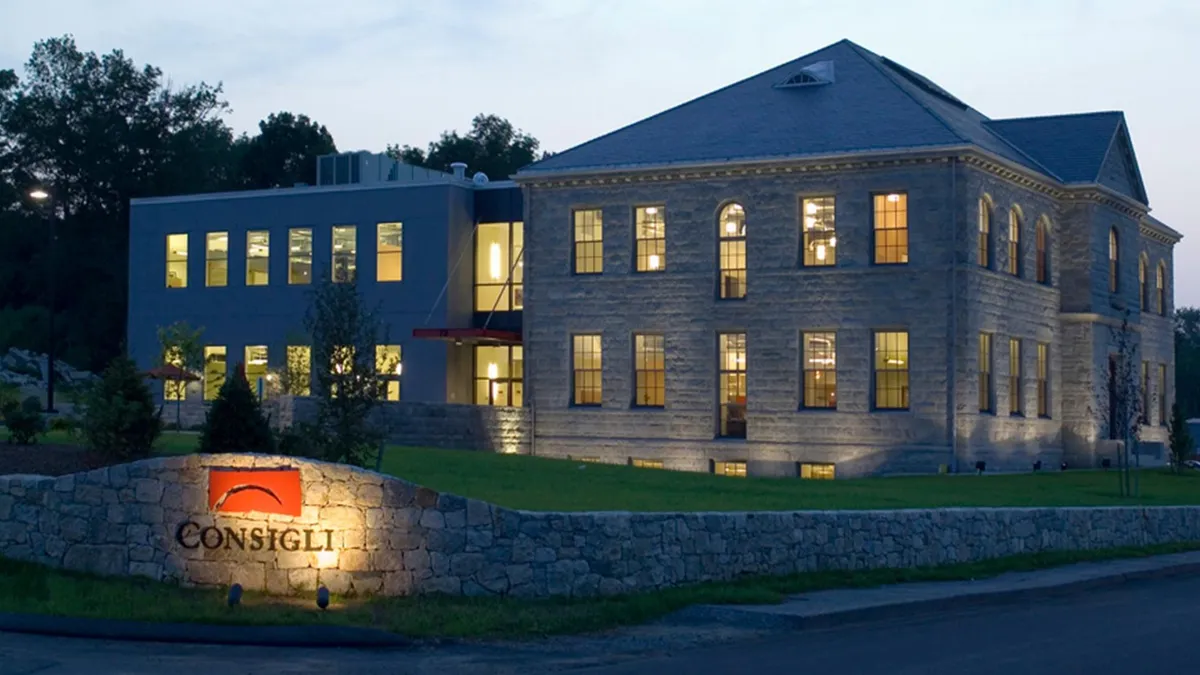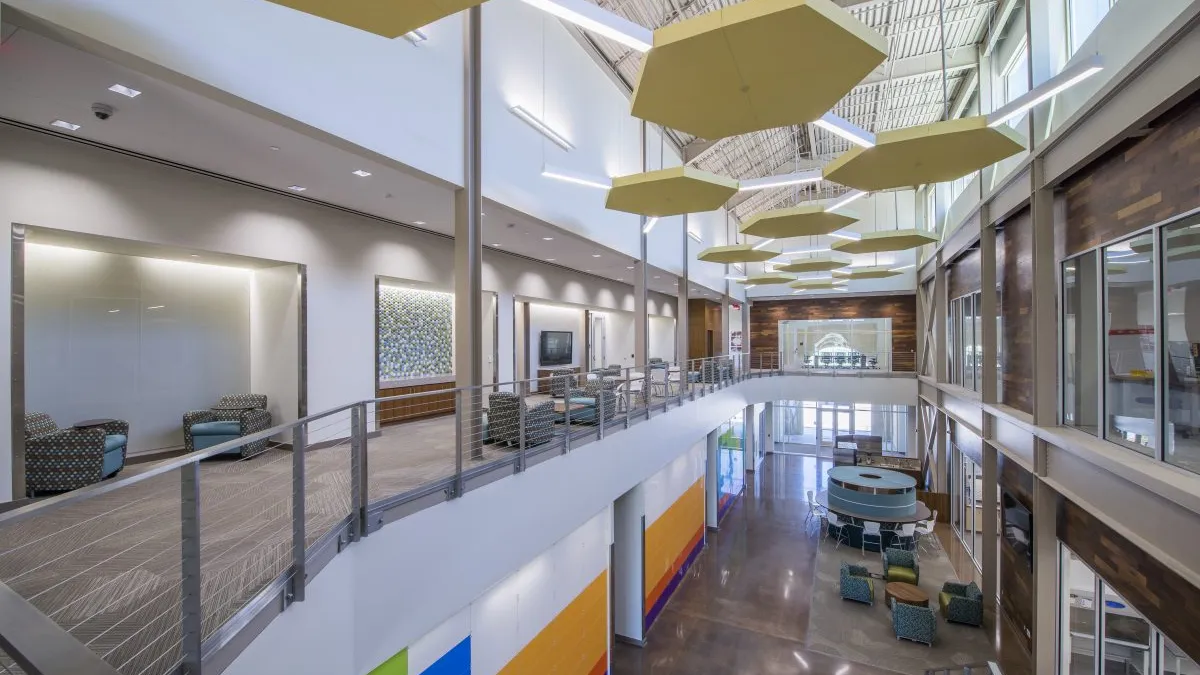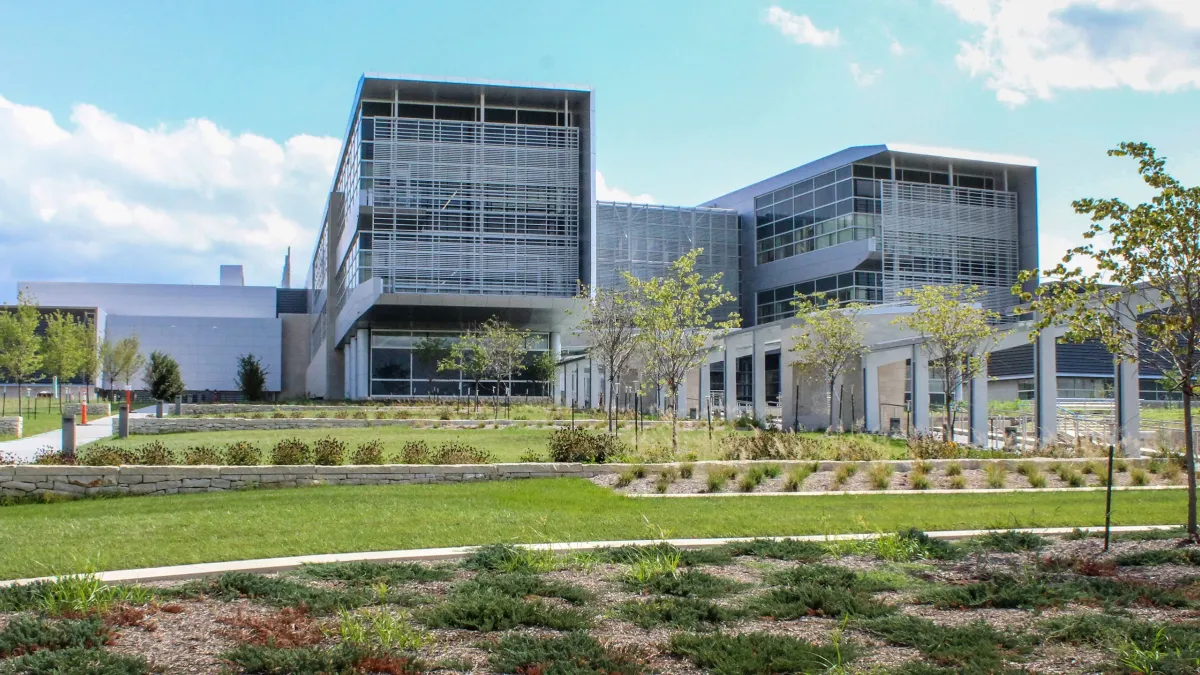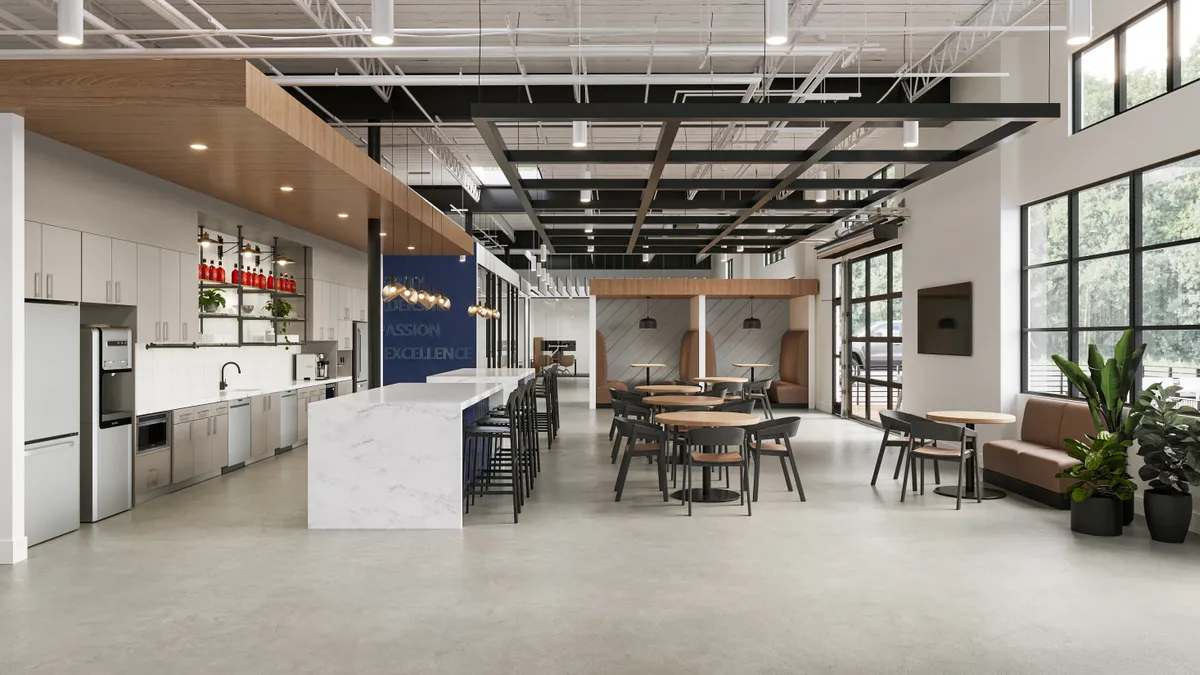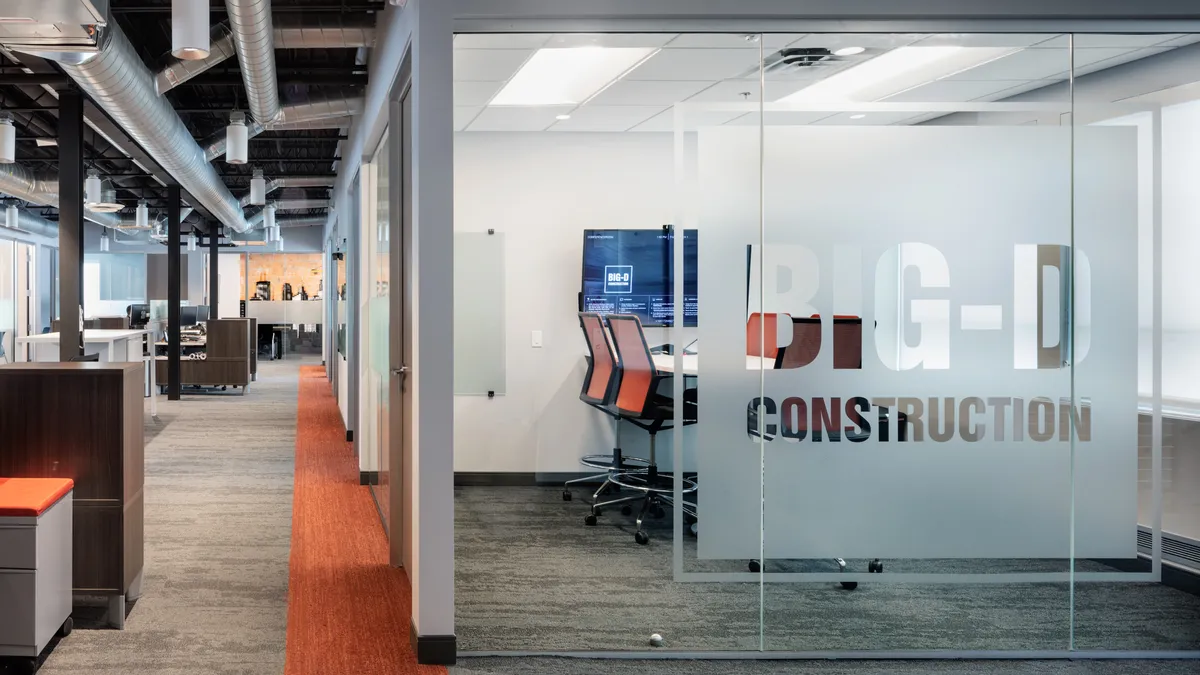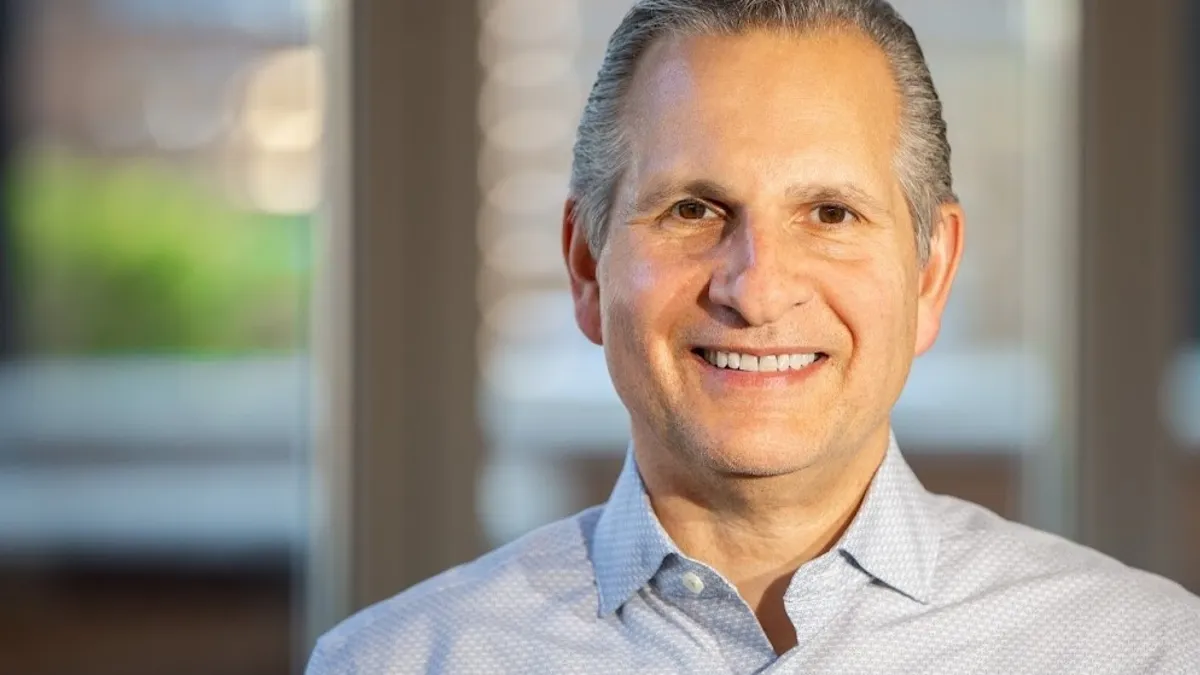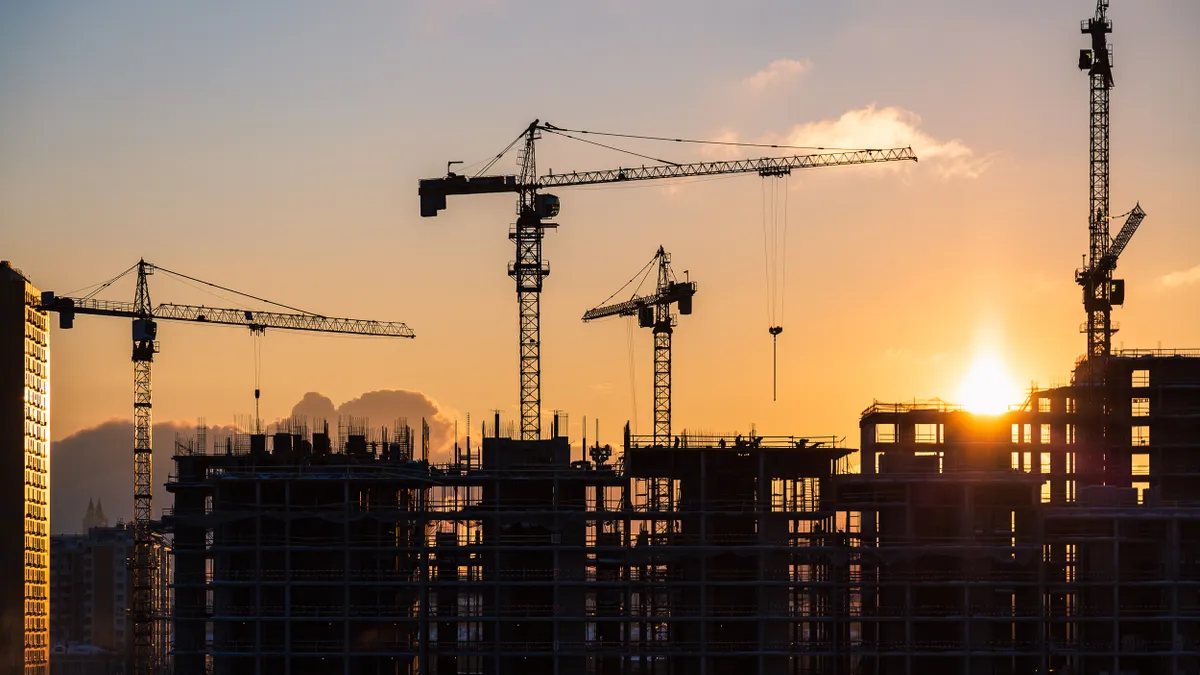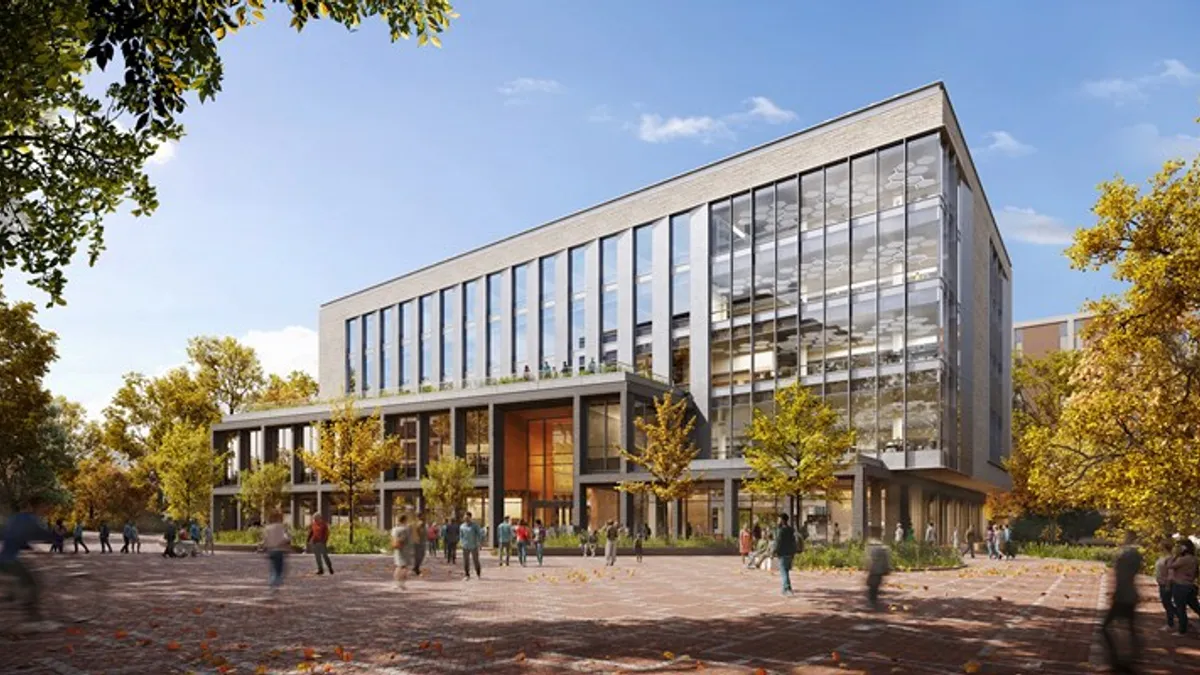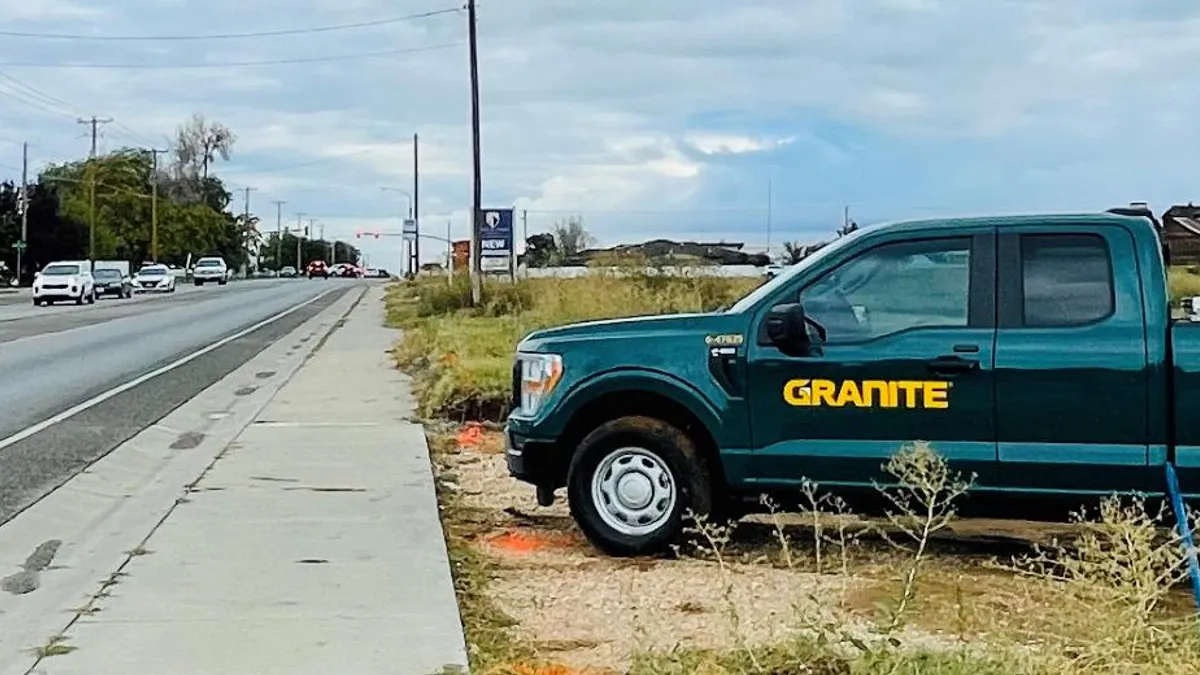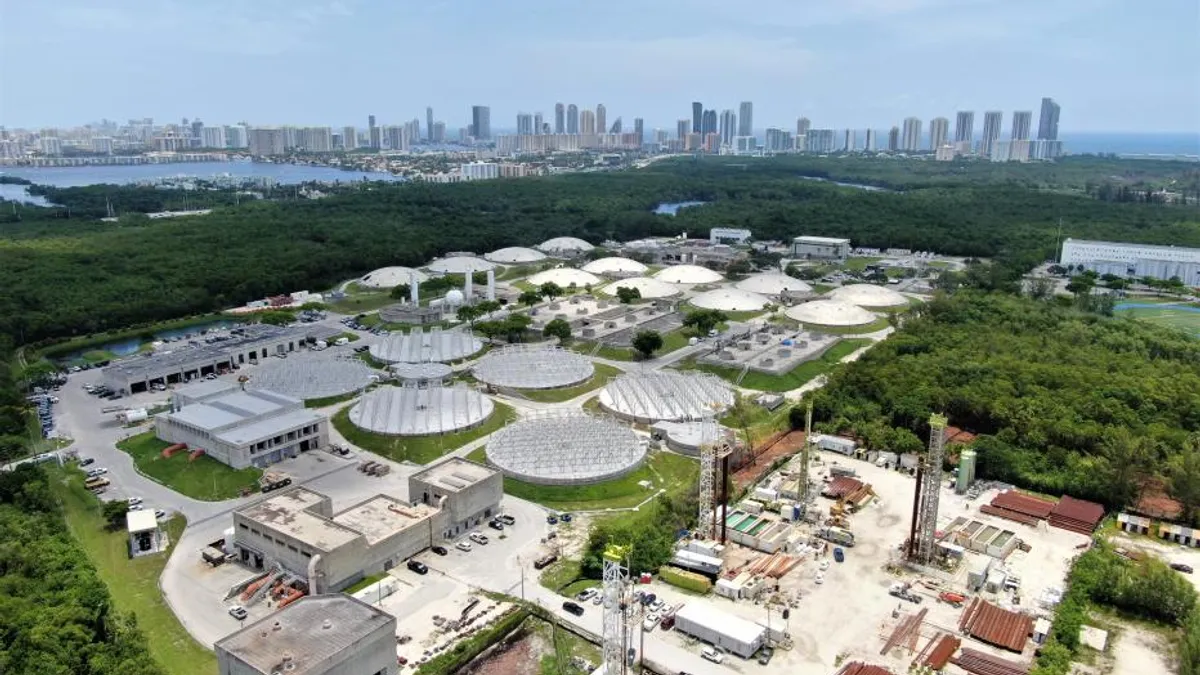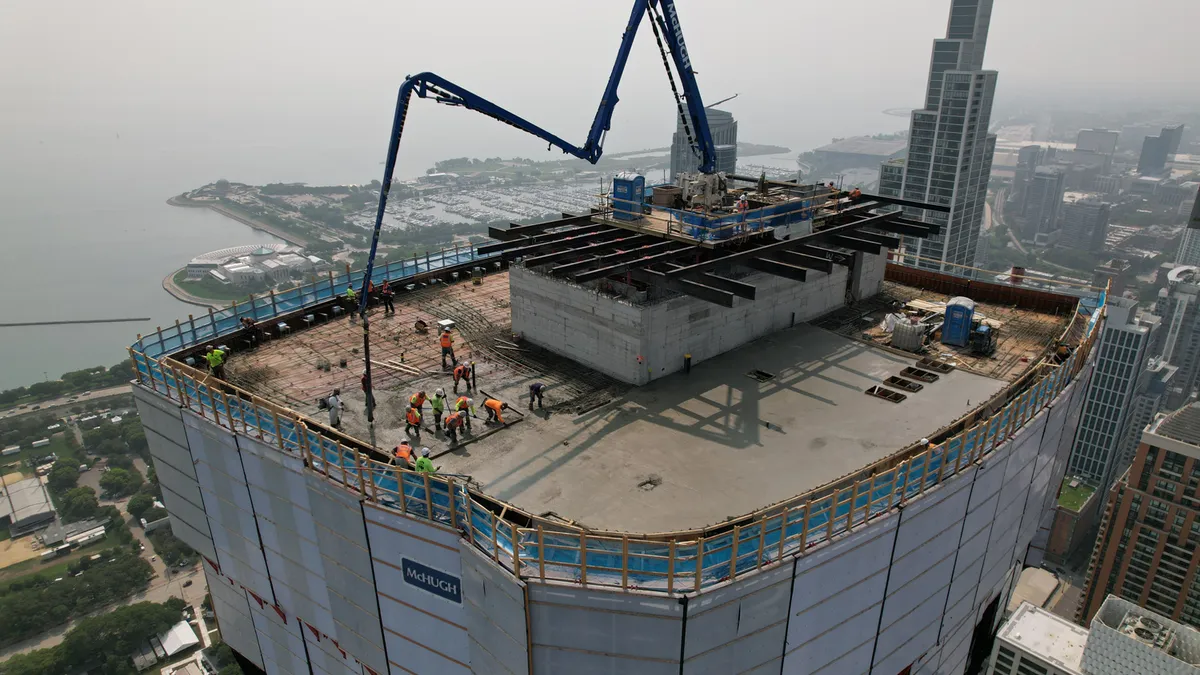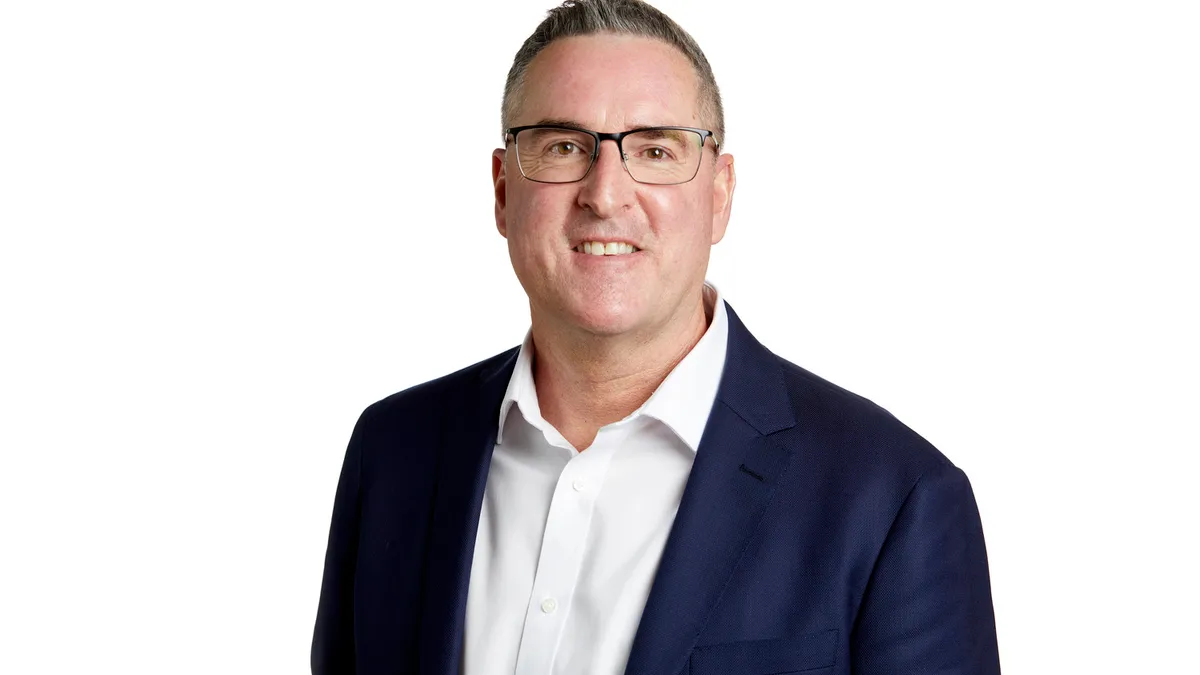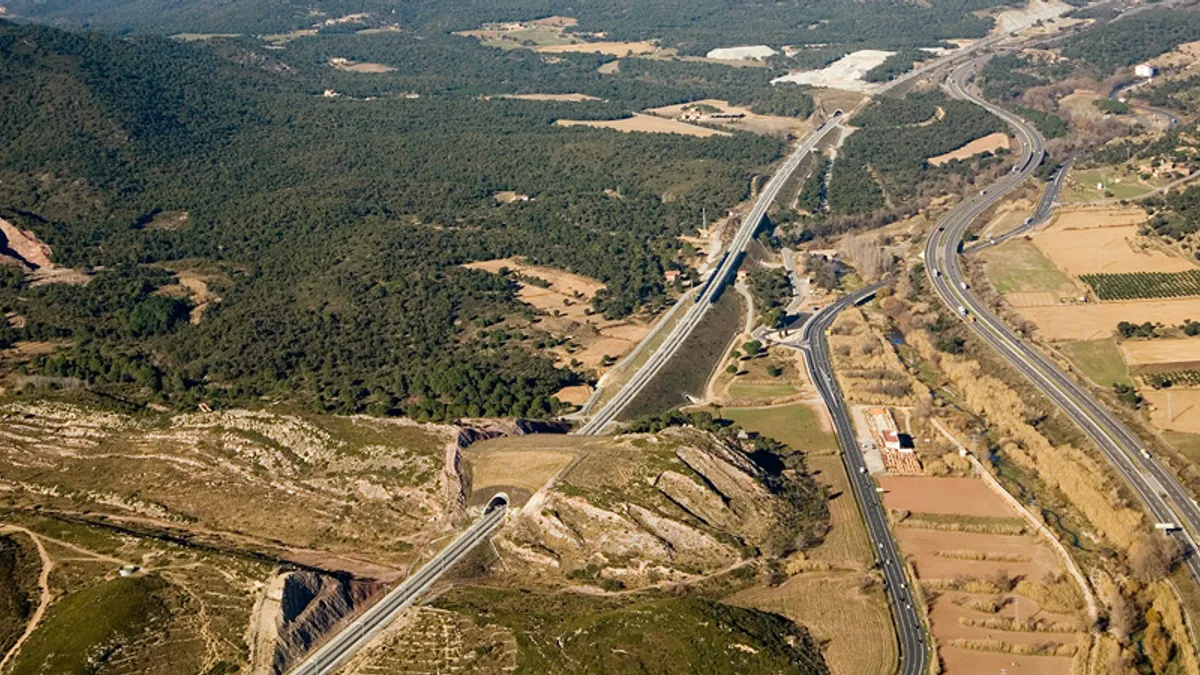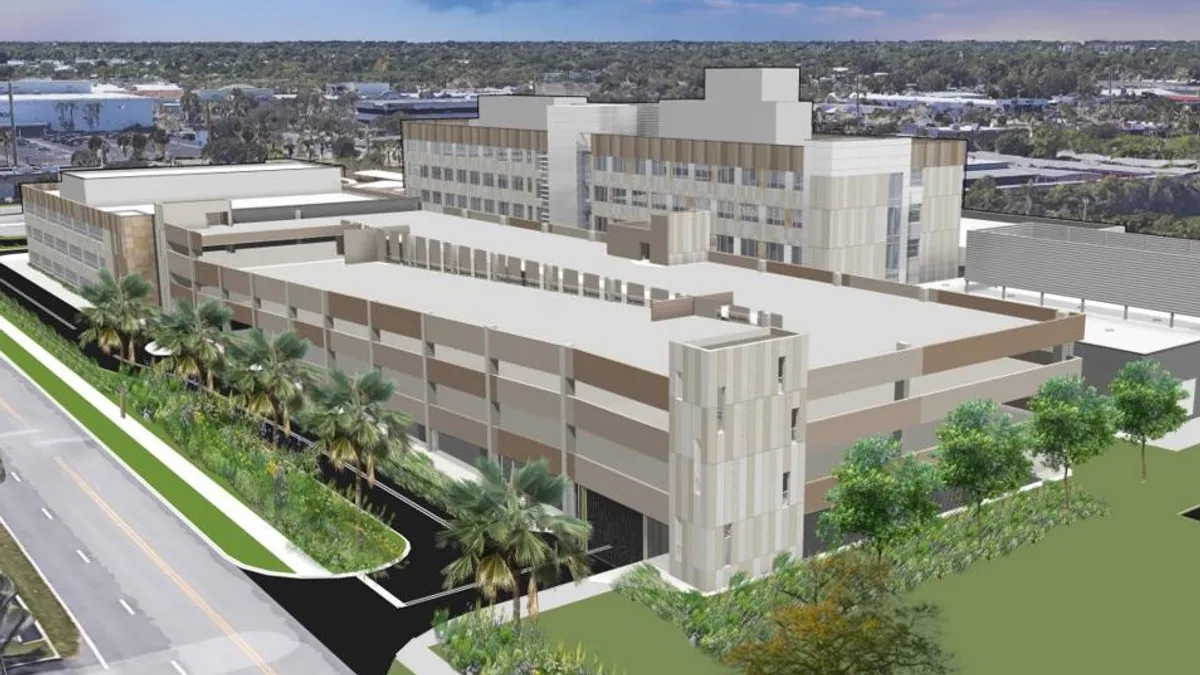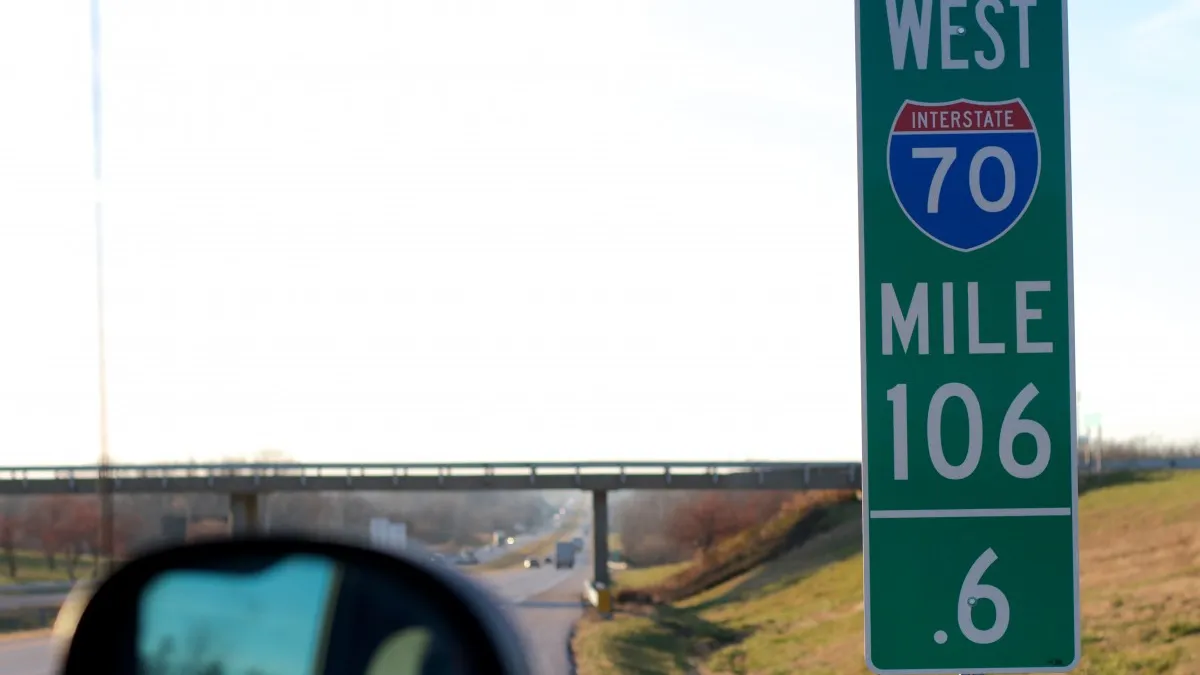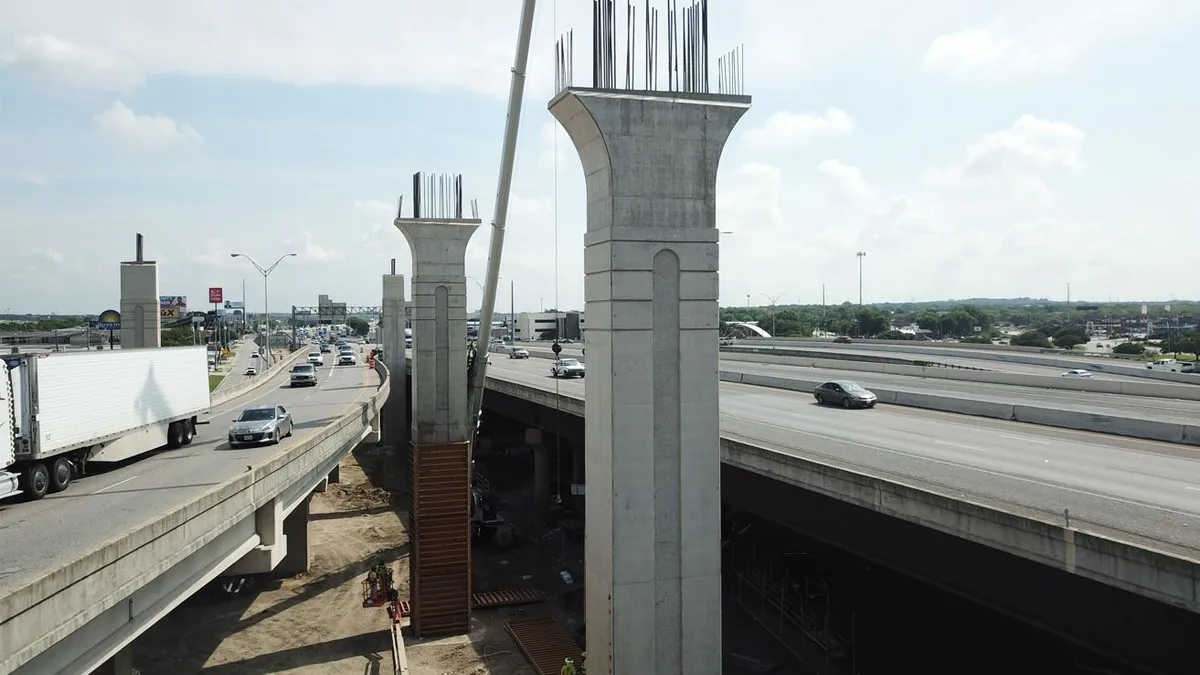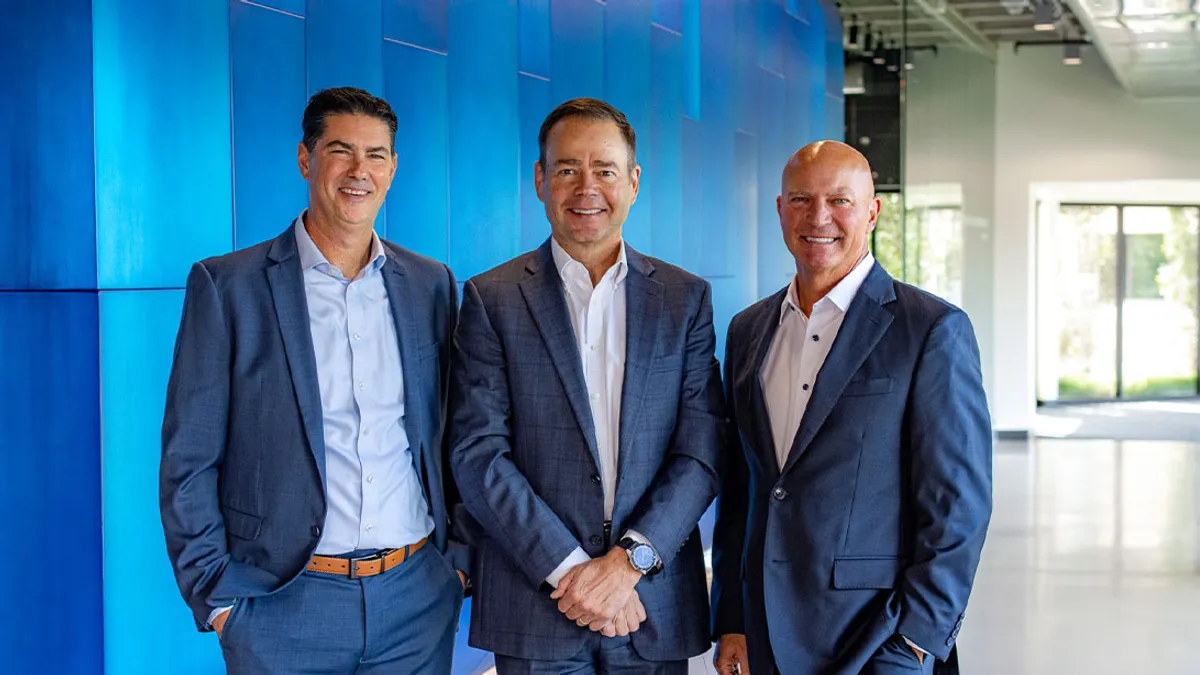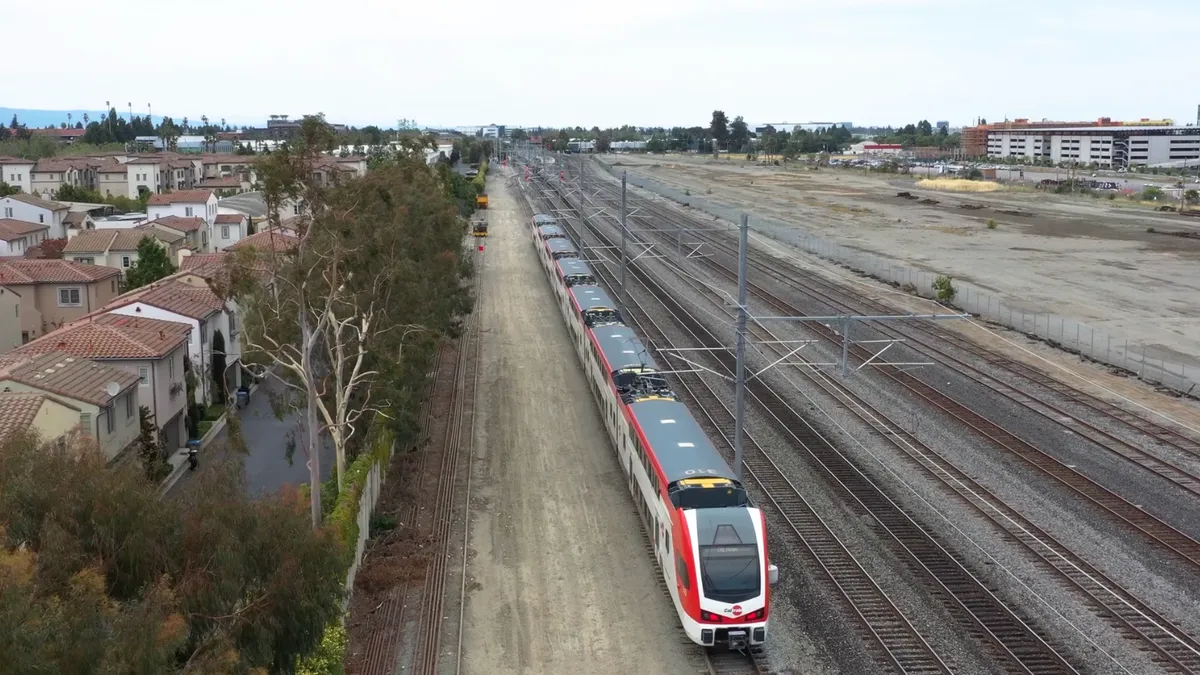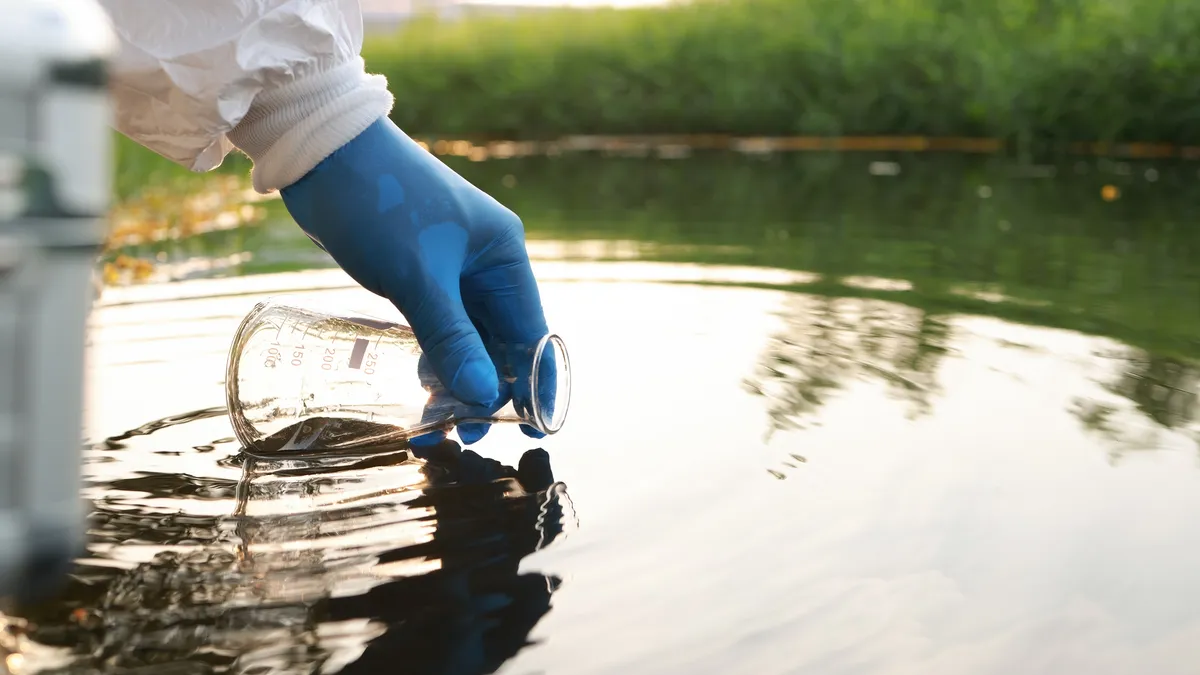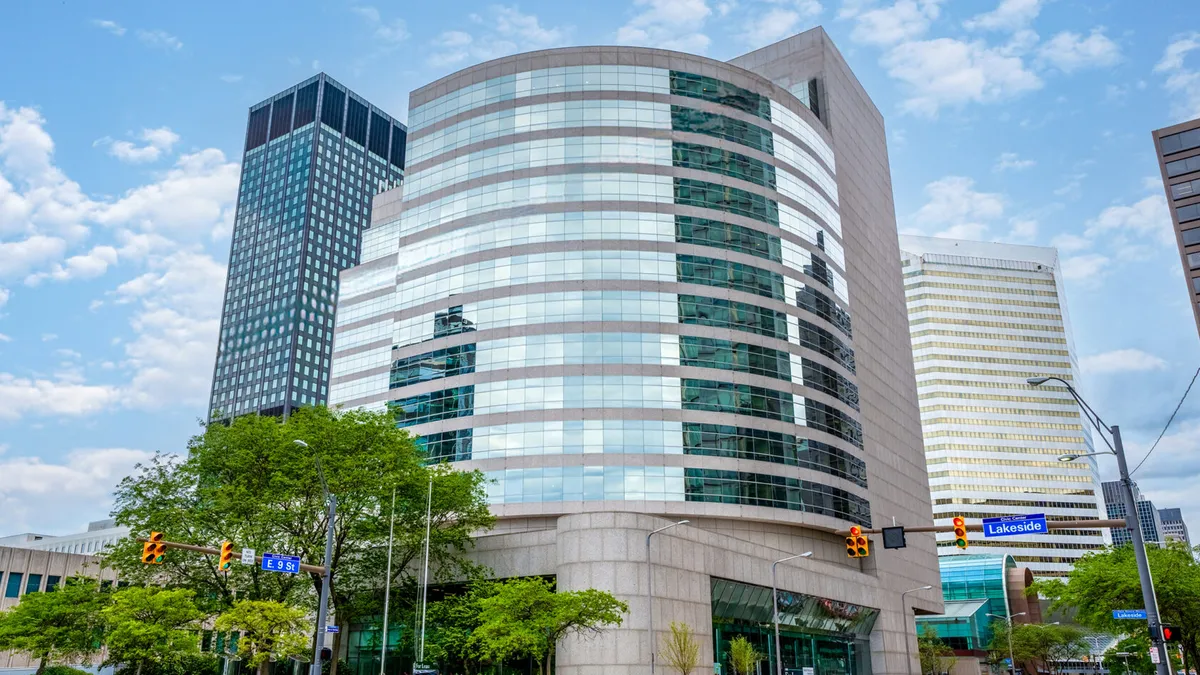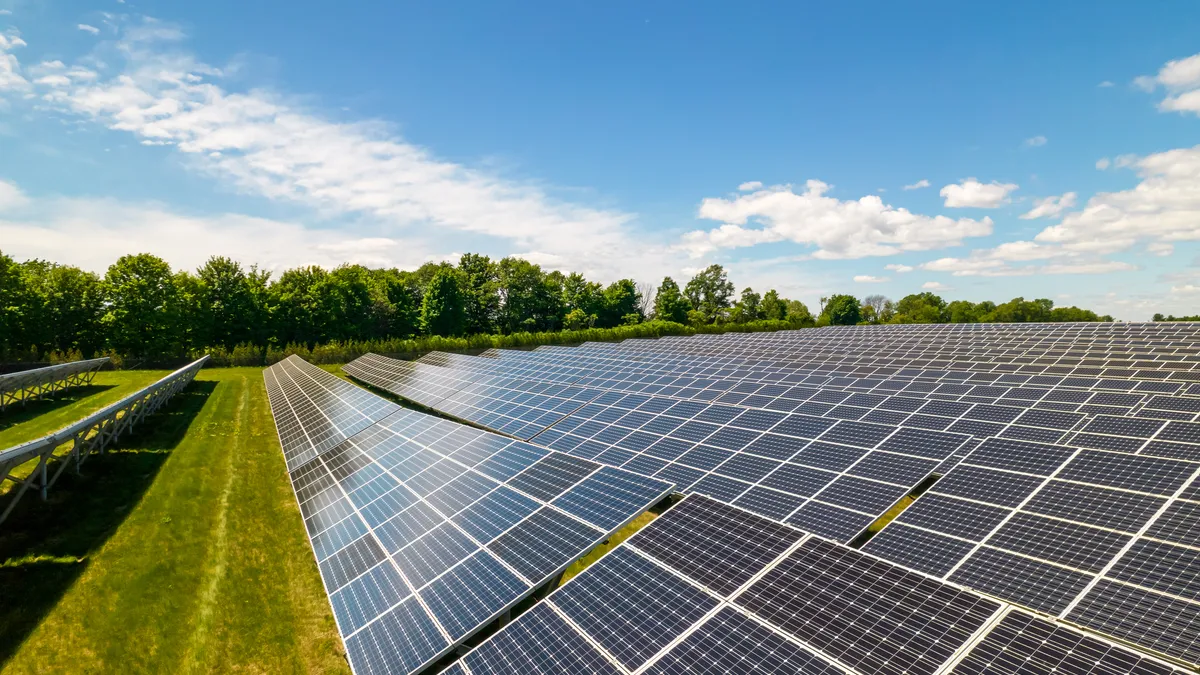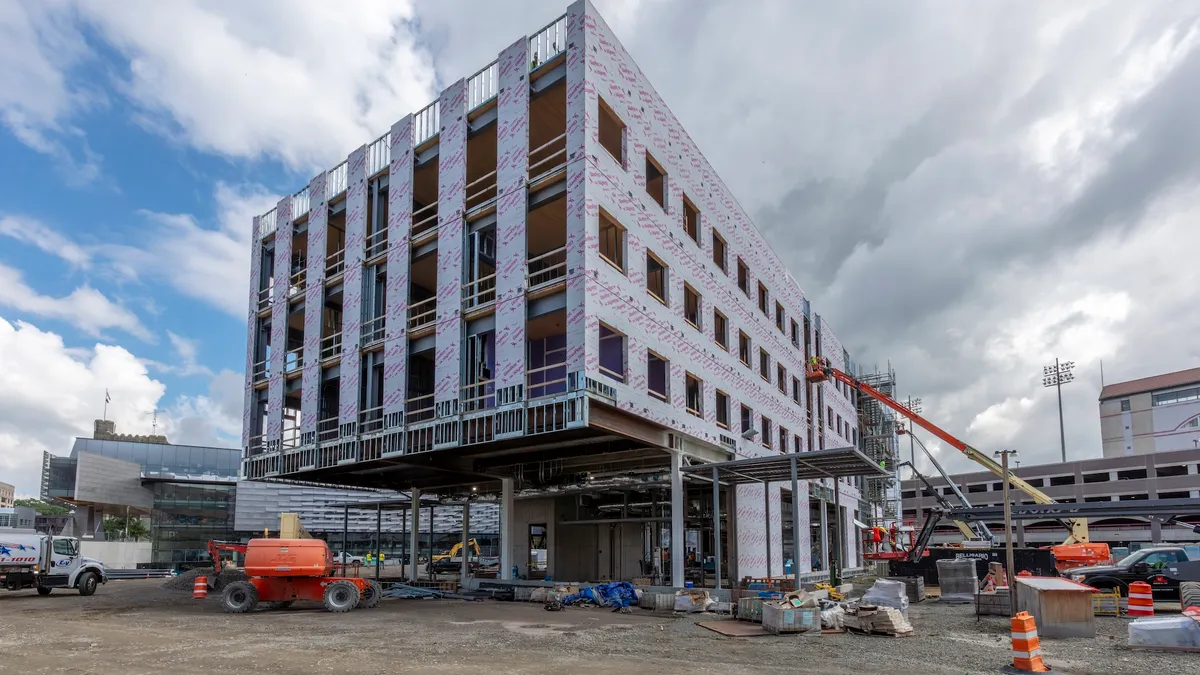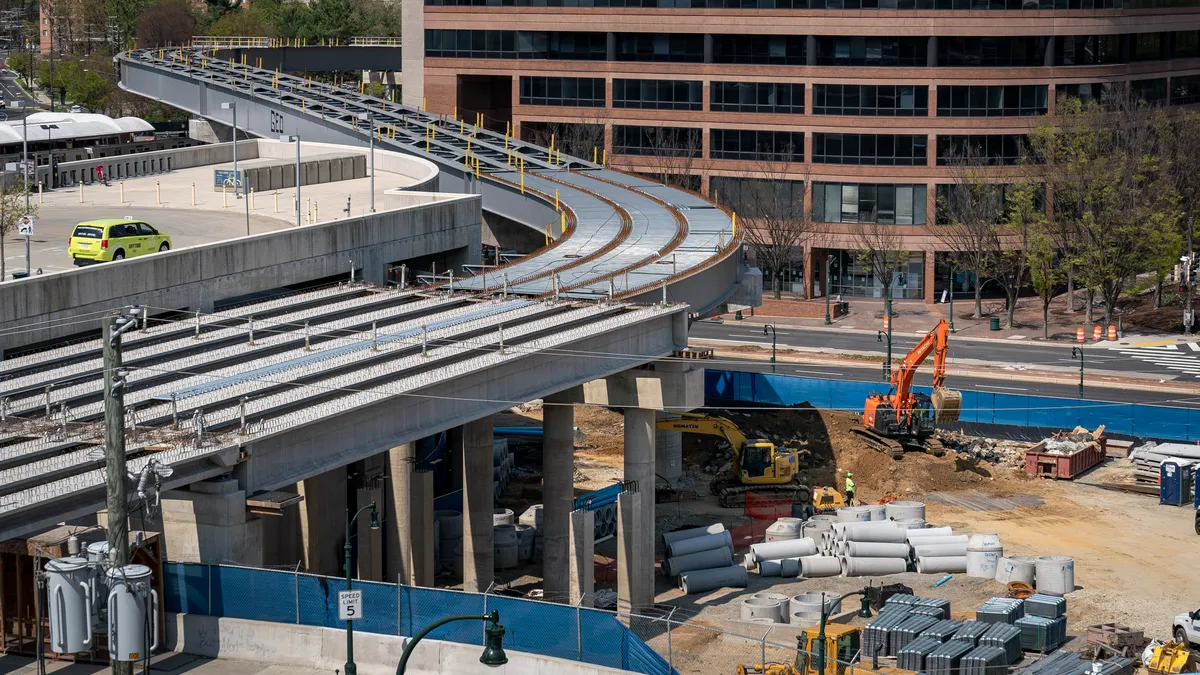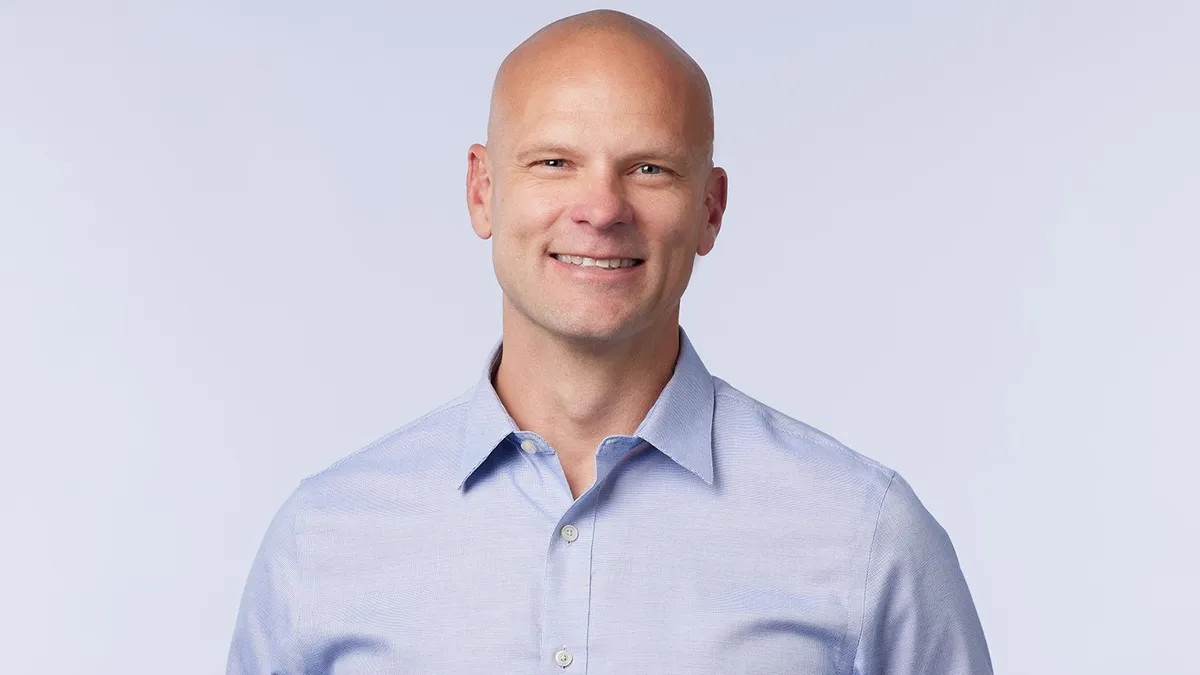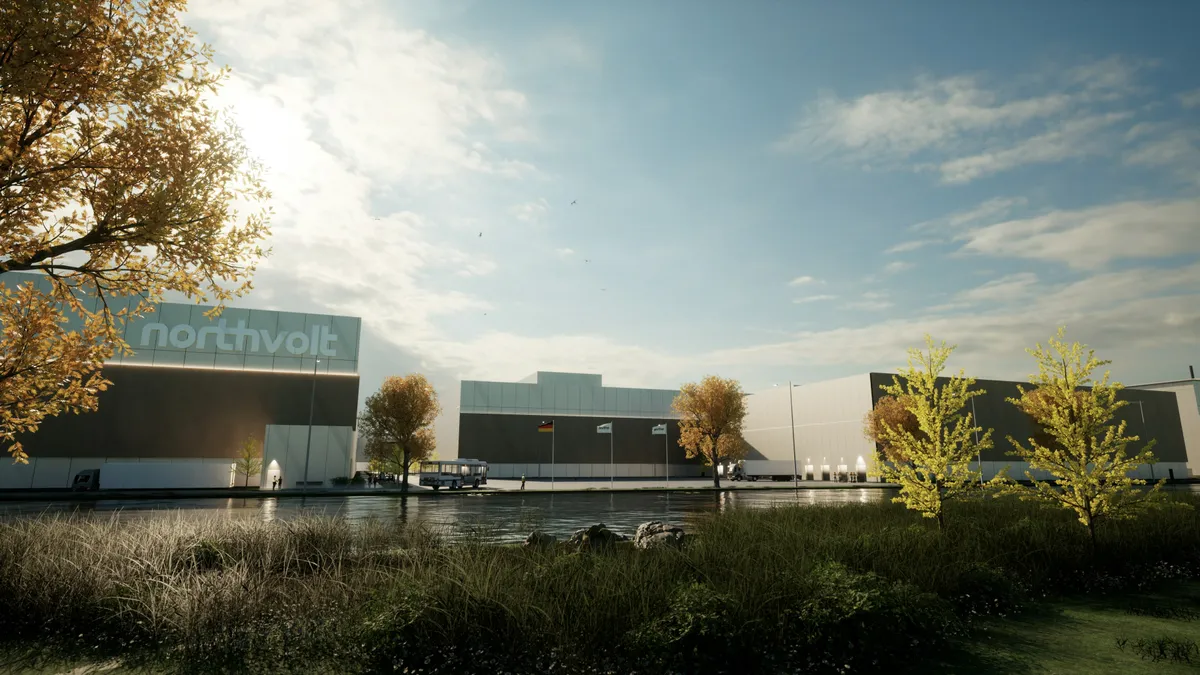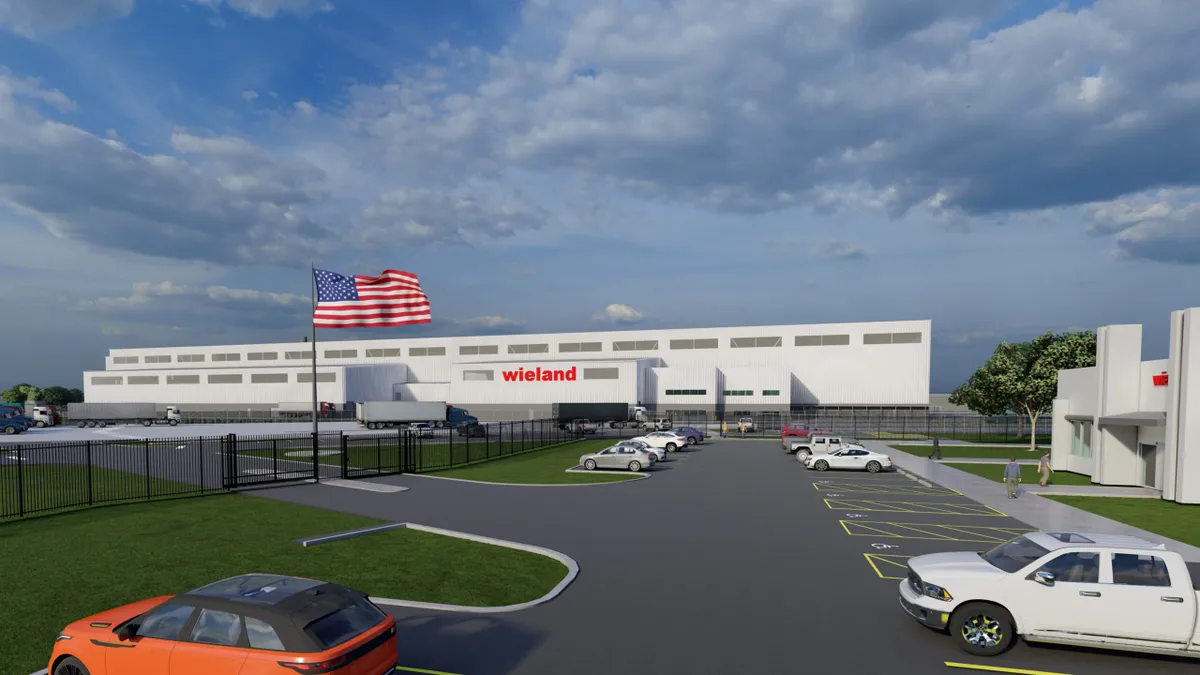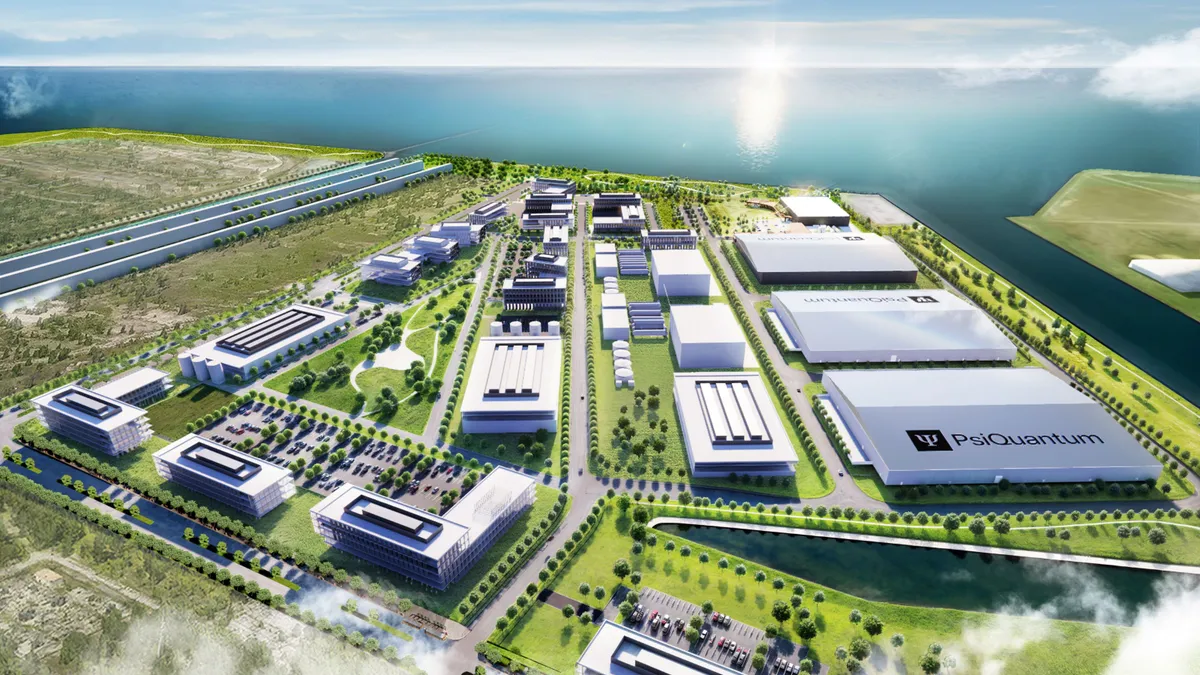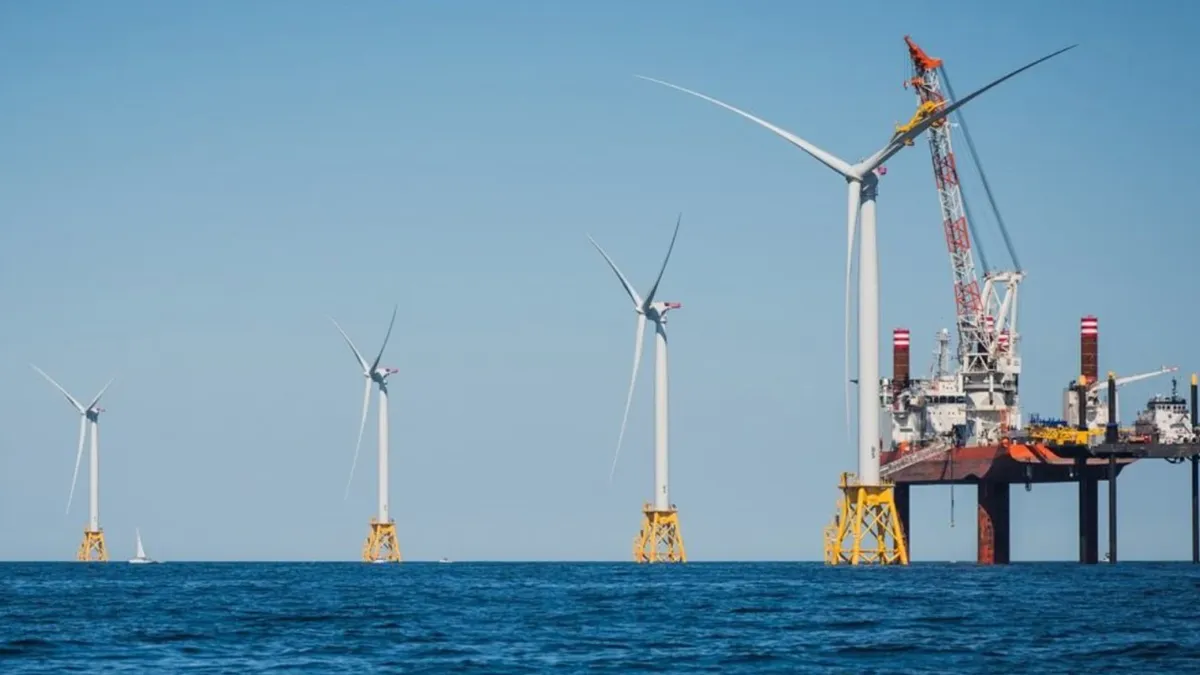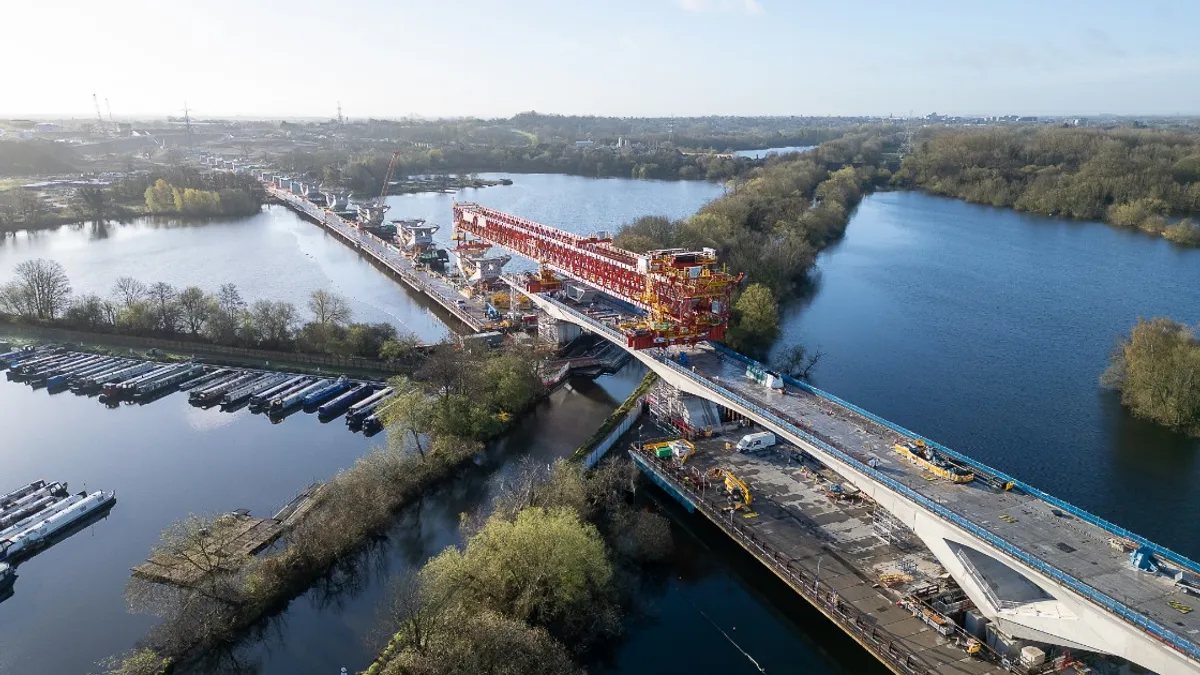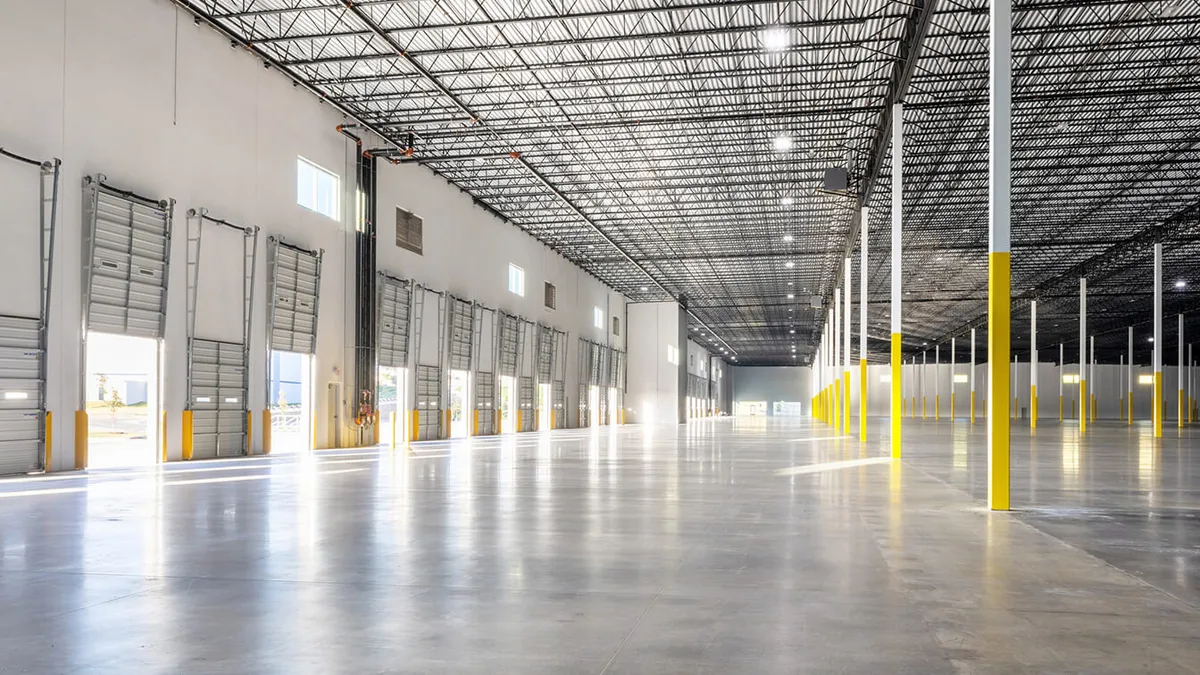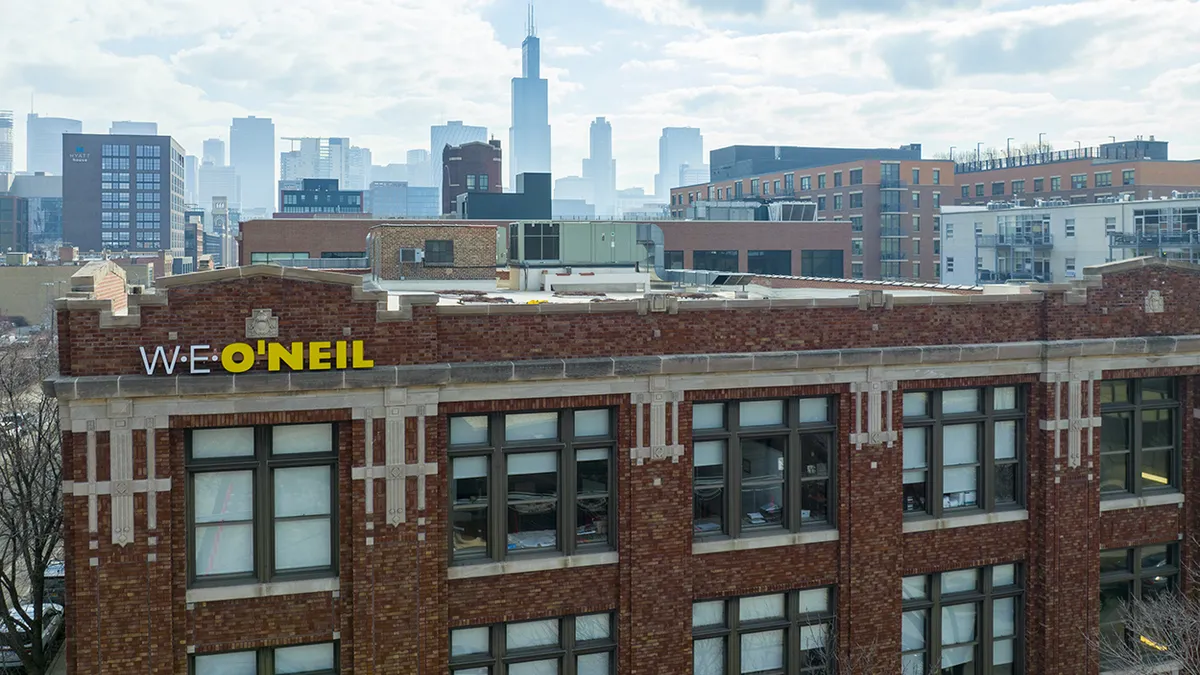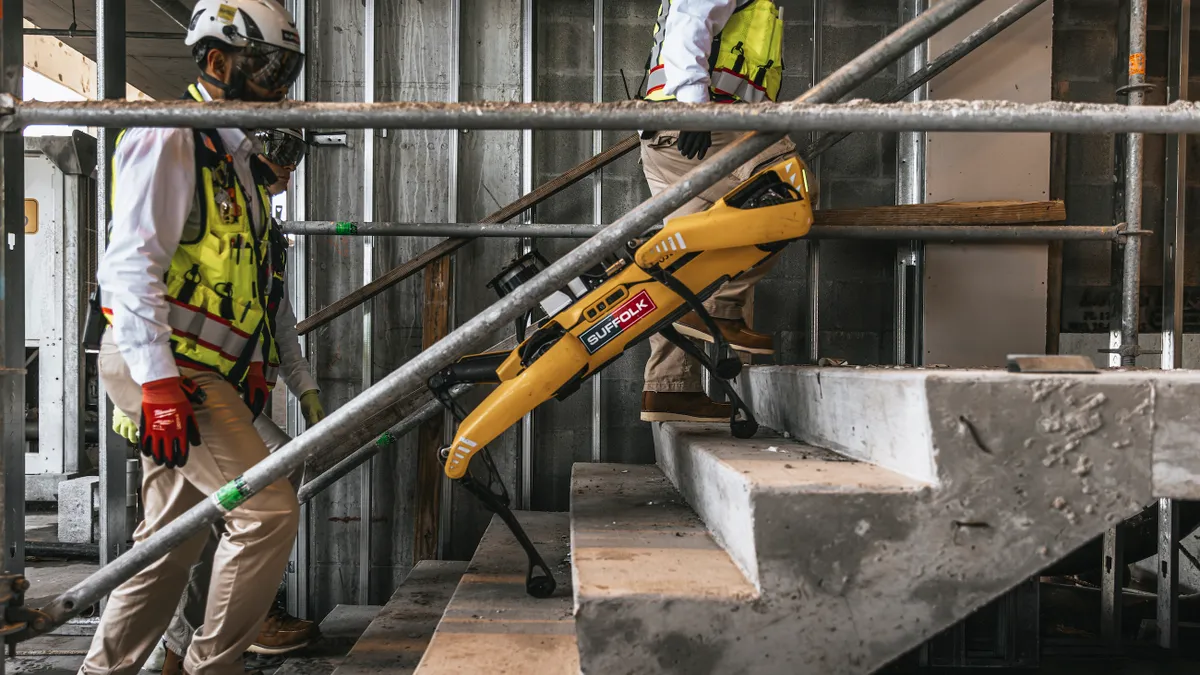Jacobs Solutions is making a push to expand its water infrastructure and climate adaptation work with its latest personnel move.
The Dallas-based construction services firm recently announced Luce Bassetti as its Americas Coastal Resilience Director. In her new role, Bassetti will develop and drive growth for Jacobs’ coastal resilience market in the Americas, according to an announcement shared with Construction Dive.
Bassetti started her career with Jacobs as a coastal modeler working across the globe, including in North America, South America, Europe, Asia, Australia and the Middle East. She specializes in analytical and numerical coastal modeling, engineering, hurricane simulations, wave and storm surge studies, sediment transport studies and coastal hazard assessments. She uses these skills to enhance the resilience of coastal communities and mitigate impacts of climate change.
Here, Bassetti talks with Construction Dive about her new position, her goals and the urgency of coastal resiliency.
Editor’s note: This interview has been edited for clarity and brevity.
CONSTRUCTION DIVE: What does a day-to-day look like as Jacobs’ coastal resilience director, and what are your goals for the position?
LUCE BASSETTI: I lead Jacobs’ U.S. coastal resilience team and develop and drive the growth strategy for this market in the Americas. The day-to-day can vary, but I broadly work with clients to help them survive, recover, adapt and thrive. I engage with clients and stakeholders across the project lifecycle, assisting in early hazard definition, evaluation, strategy development and design and implementation of solutions.

With climate change, sea level rise and increased development leading to growing risks to coastal infrastructure and economies, these communities need to build resilience against threats. Having grown up by the beach in France, I am passionate about protecting and preserving our oceans and coastlines.
My goal is to support clients, cities and states to build resilience against current and future threats, strengthen and safeguard communities and infrastructure, enhance sustainability and secure a more vibrant future for generations to come. Integrating nature-positive solutions, wherever possible, will also be an increasingly critical need.
Why is coastal resiliency crucial right now?
Failure to mitigate and adapt to climate change, natural disasters and extreme weather, as well as biodiversity loss and ecosystem collapse, are the most severe threats to the world over the next 10 years. Environmental risks are also the ones we are least prepared to combat, according to the World Economic Forum's 2023 Global Risks Report.
Critical infrastructure, including energy, water and transportation systems, are increasingly affected by hazards such as storms, flooding and slow-onset changes like sea level rise, and coastal infrastructure is at particular risk. Affected communities and businesses need to develop resilience to a range of interconnected threats and hazards.
At Jacobs, we use an ensemble of tools and sophisticated numerical models to understand and predict extreme natural events and the long-term risks of sea-level rise, coastal flooding and erosion. These risk assessments help us plan and design solutions to protect people and infrastructure.
For example, in Galveston, Texas, extreme weather such as Hurricane Harvey and shoreline erosion have destroyed wetlands and caused billions of dollars in damage to homes, commercial property and State Highway 87.
Since 2020, Jacobs has been supporting the U.S. Army Corps of Engineers in its design of a 26.7-mile-long levee and floodwall system along the Texas coast near Galveston. This is to provide critically needed risk reduction from climate change's long-term impacts, including sea level rise, land subsidence, increased frequency of abnormally heavy rainfall and drought.
Such projects are critical to protect and future-proof vulnerable coastal communities.
What markets are you working in specifically?
In the past year, I’ve met clients from Brussels to Brooklyn and Hawaii to Florida. We deliver resilience on more than 1,000 global projects.
Jacobs provides comprehensive solutions, including coastal storm damage reduction works, storm surge barriers, nature-based solutions, place-based planning, resilient building design and emergency planning and management. We leverage expertise from across sectors to solve complex, interconnected challenges.
I feel fortunate to have been part of teams working on several resilience projects, including the Tyndall Air Force Base “Installation of the Future” in Florida, a base-wide facilities upgrade following the destruction of Hurricane Michael in 2018. Jacobs developed a coastal resiliency program to quantify present and future risks and defined nature-based coastal solutions and other approaches to provide multiple lines of defense against future natural disasters.
What are some other important trends you are keeping tabs on?
Growing adoption of digital and data solutions is a positive trend, allowing for more informed, effective and efficient projects and programs.
When it comes to resilience, Jacobs’ planning and risk assessment tools such as Climate Risk Manager and Flood Modeller help increase understanding of climate change's impacts and develop tailored solutions to address immediate and future risks.
Another encouraging trend is an increased focus on the social value a project brings to its community and the environment. Clients don't just want to deliver a project on time and budget. They want their projects to enhance sustainability, interconnectedness and social equity and inclusion.
For example, the East Side Coastal Resiliency project in New York City includes a flood protection system that will protect critical infrastructure and vulnerable communities and make communities more vibrant by improving waterfront open spaces and access.
We are also working with our partners at Simetrica-Jacobs to bring established U.K. social valuation methodologies to the U.S. to provide a robust process for integrating social and environmental justice into the decision-making frameworks for resilience investments. These tools provide an exciting opportunity to drive improved outcomes from our client’s investments in coastal resilience.



